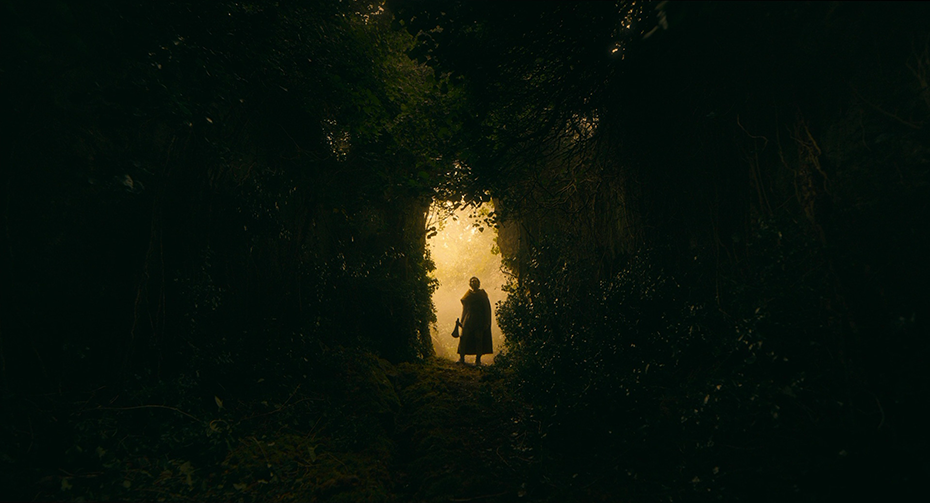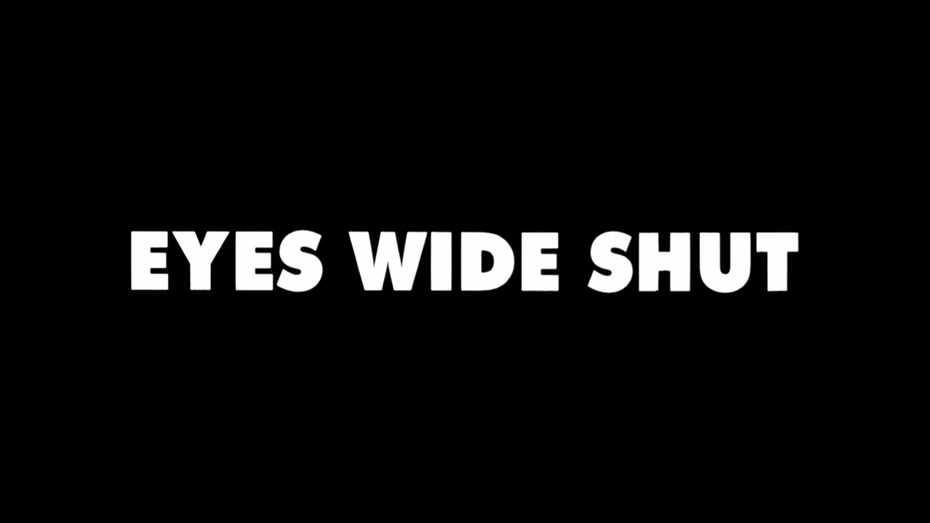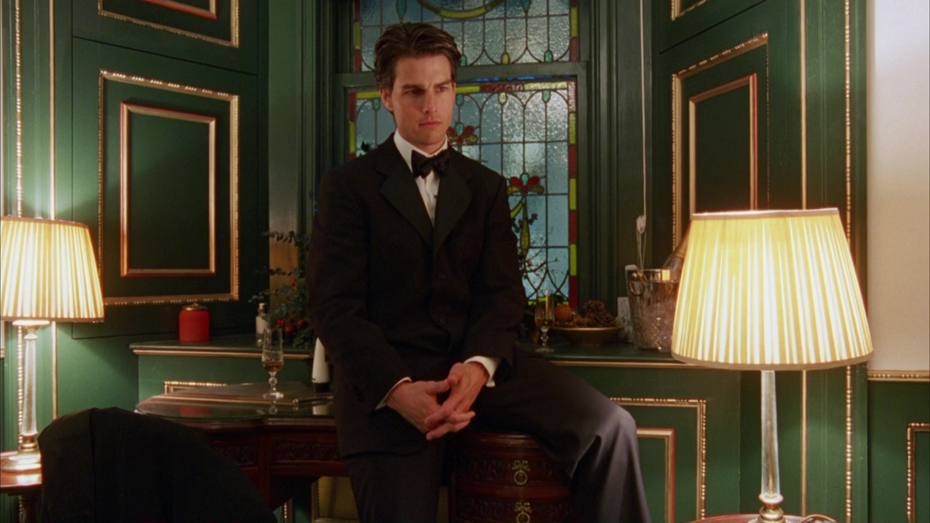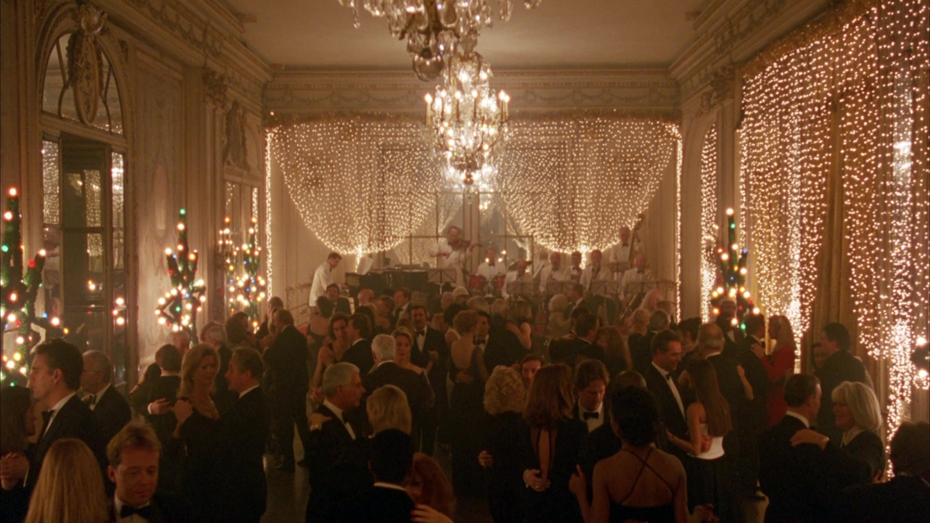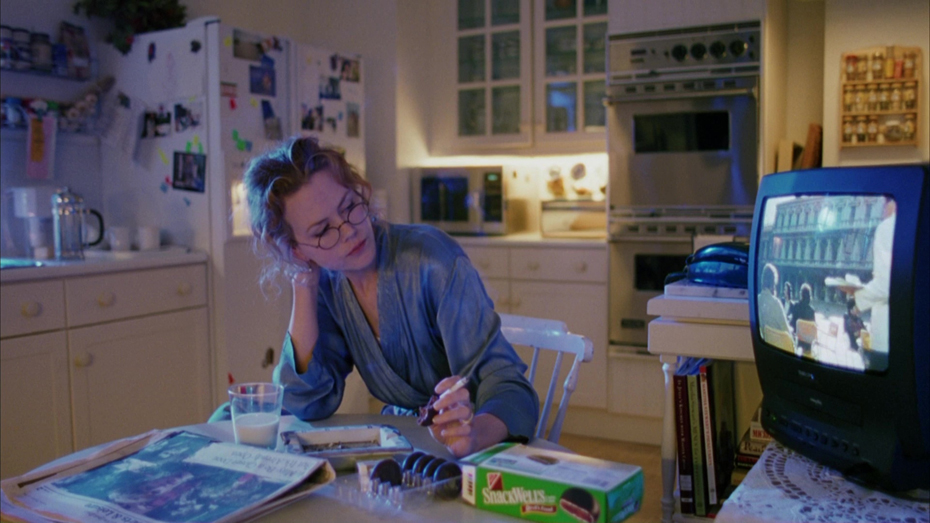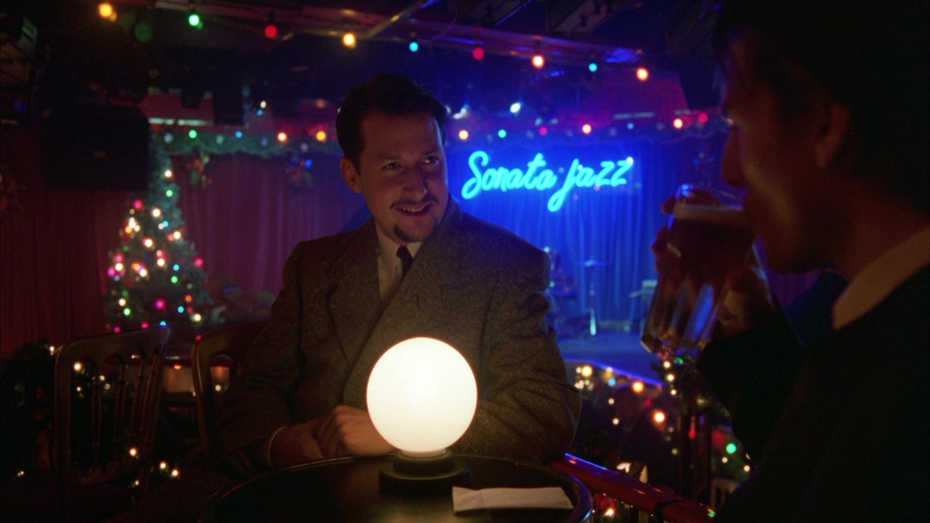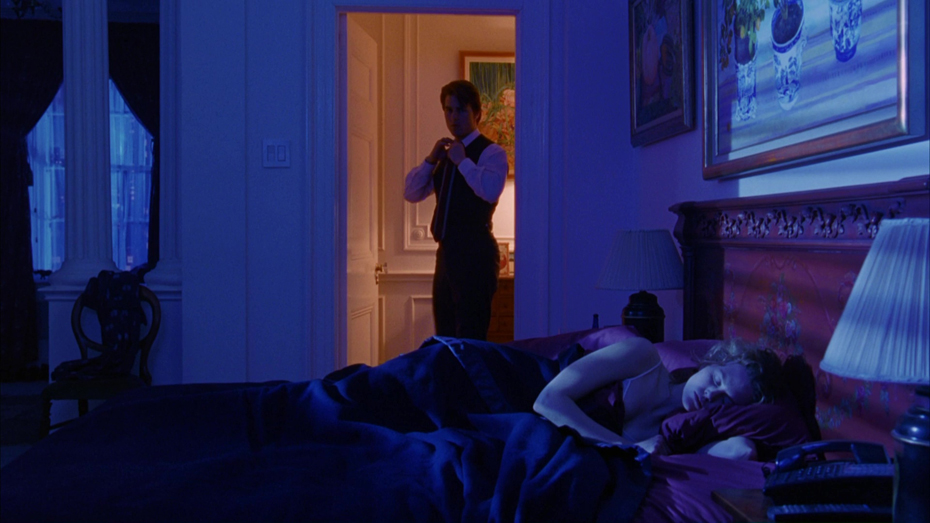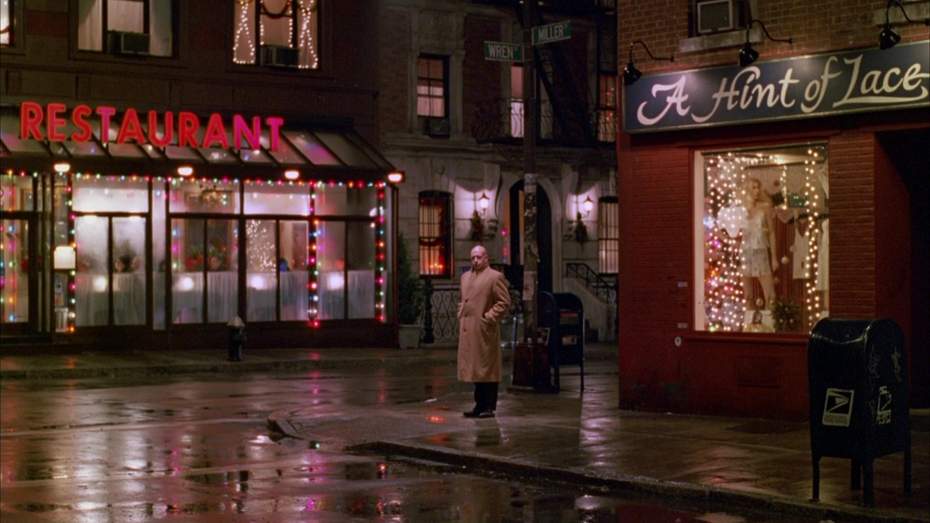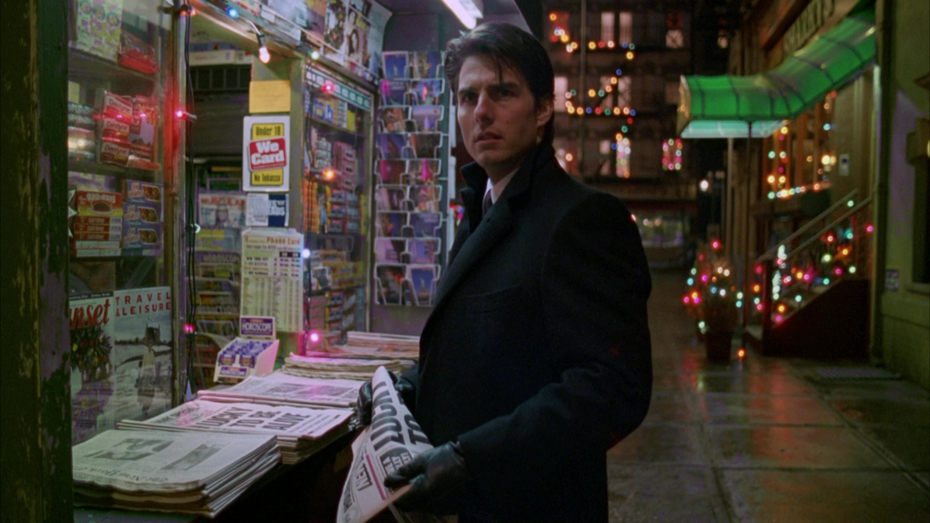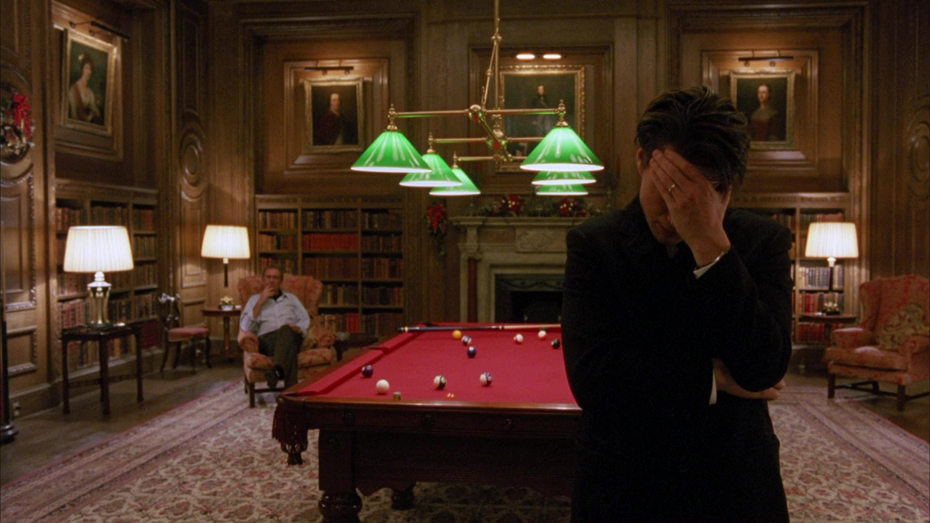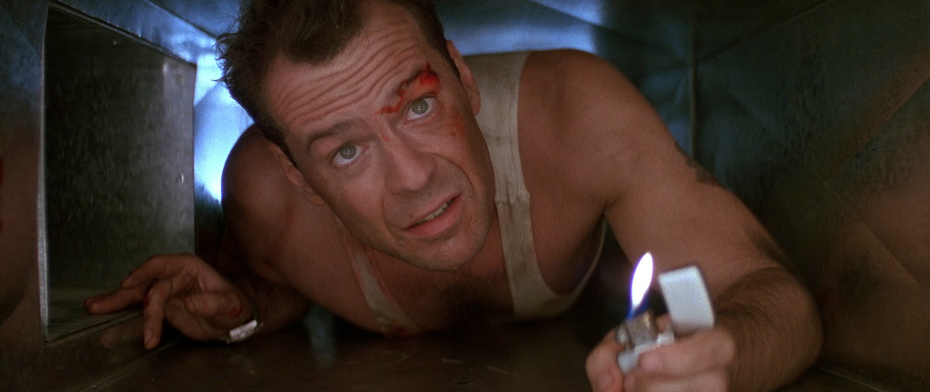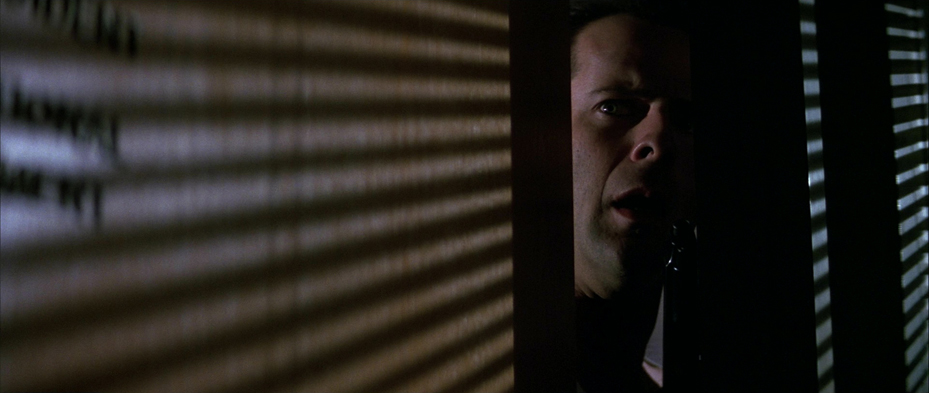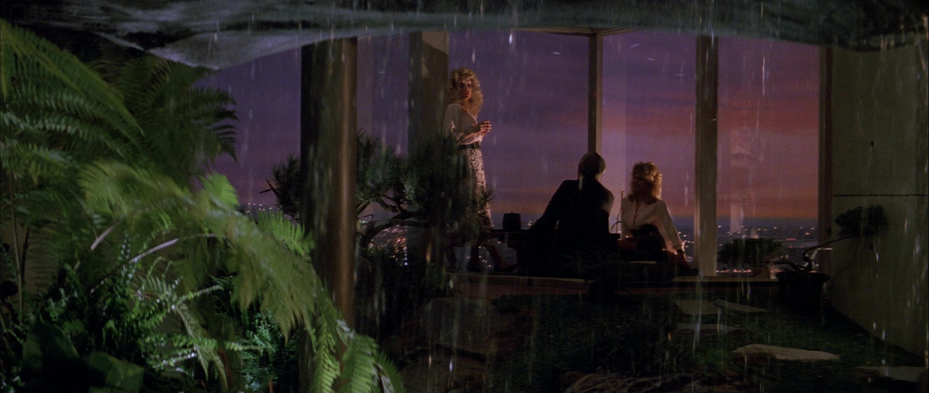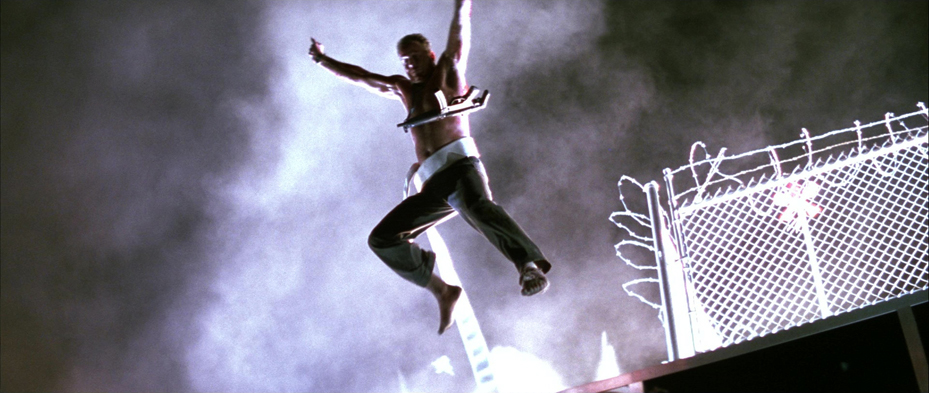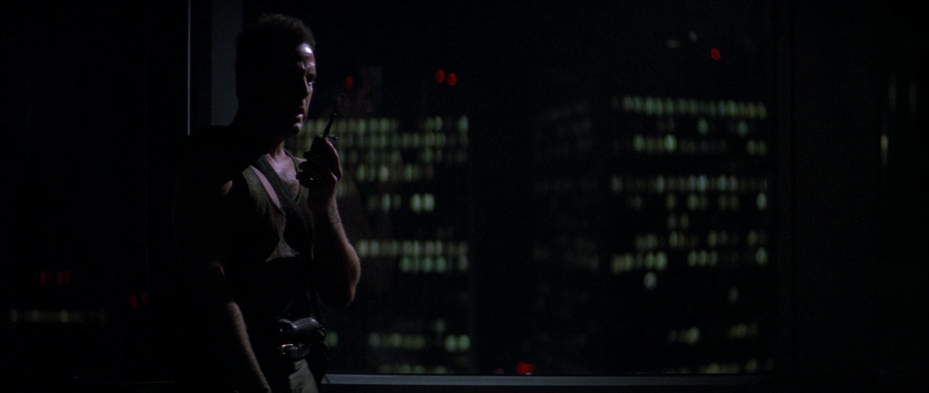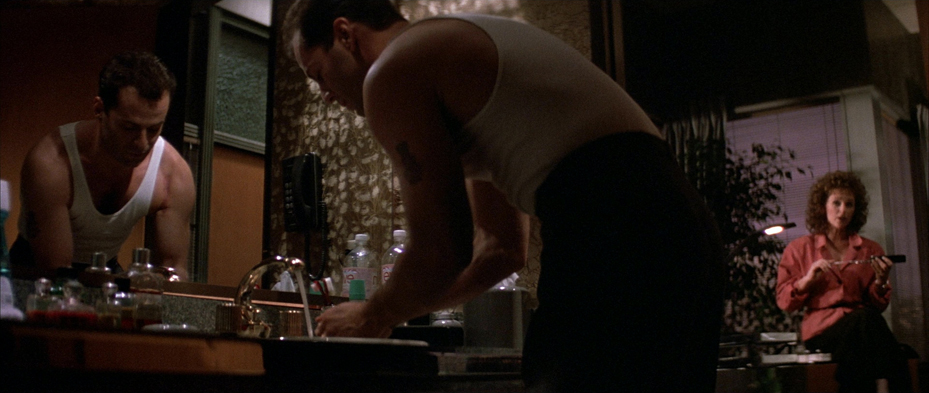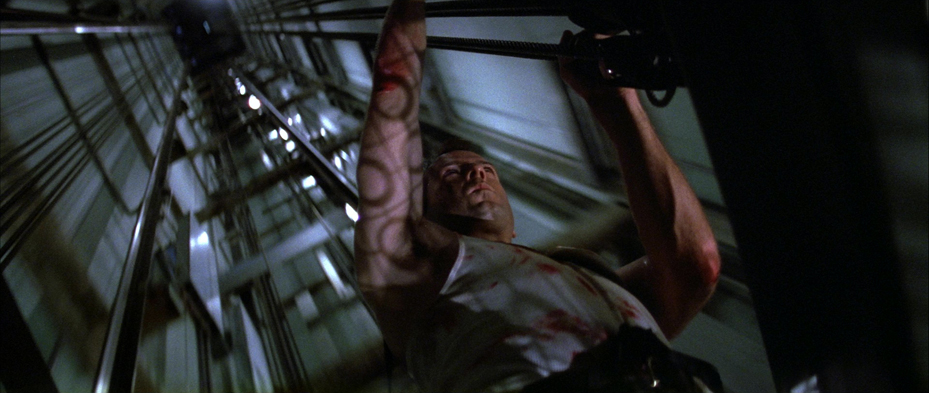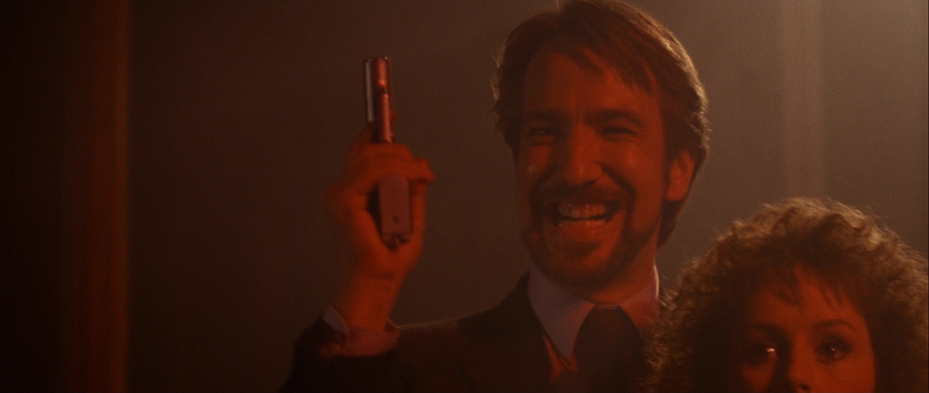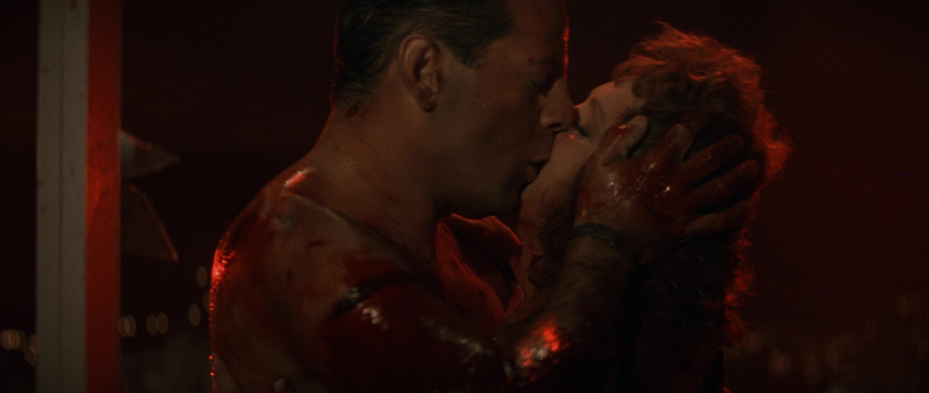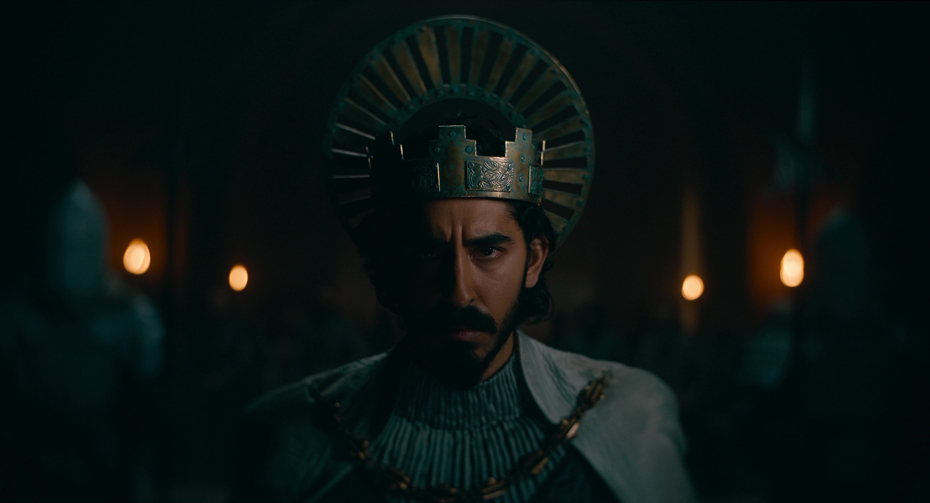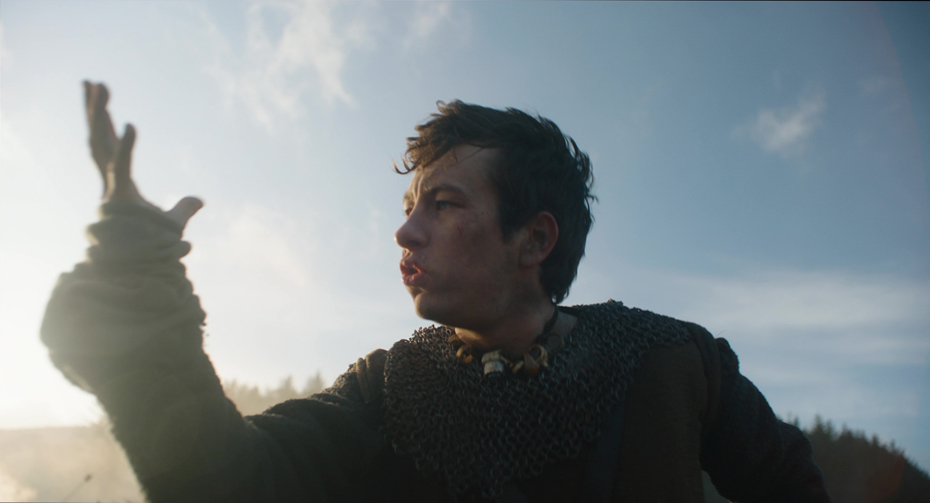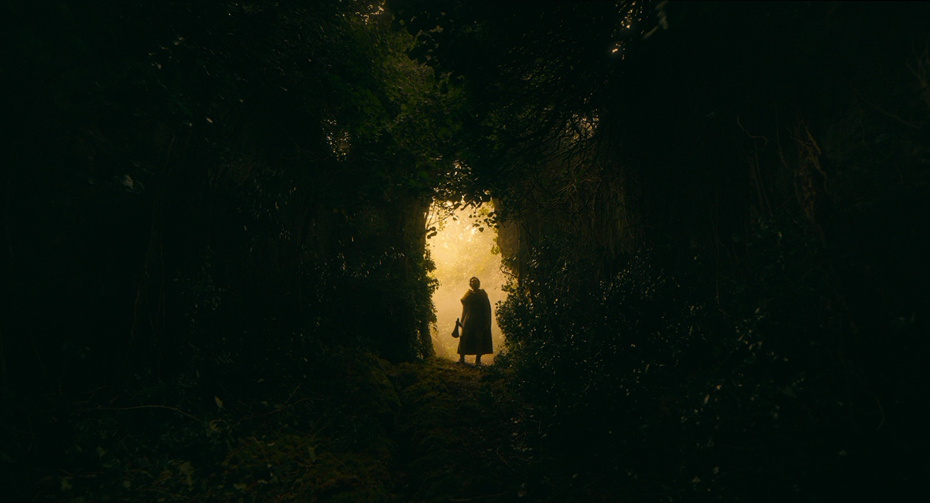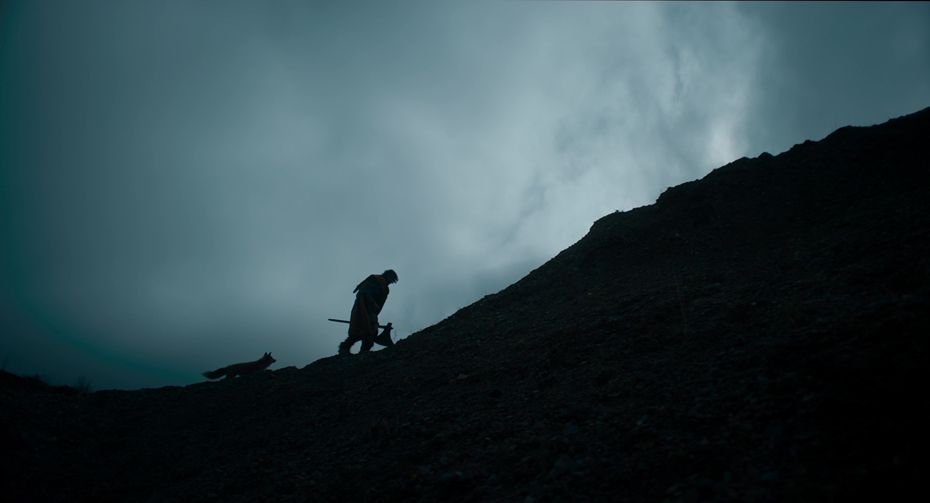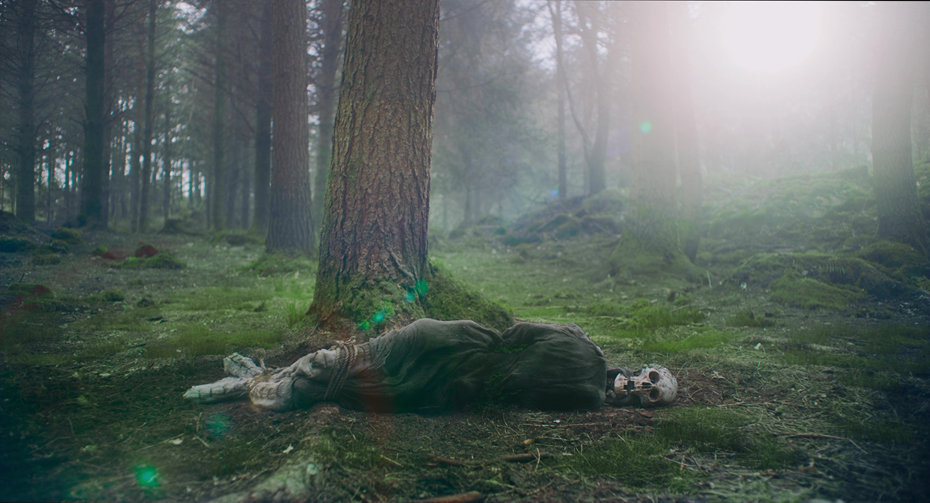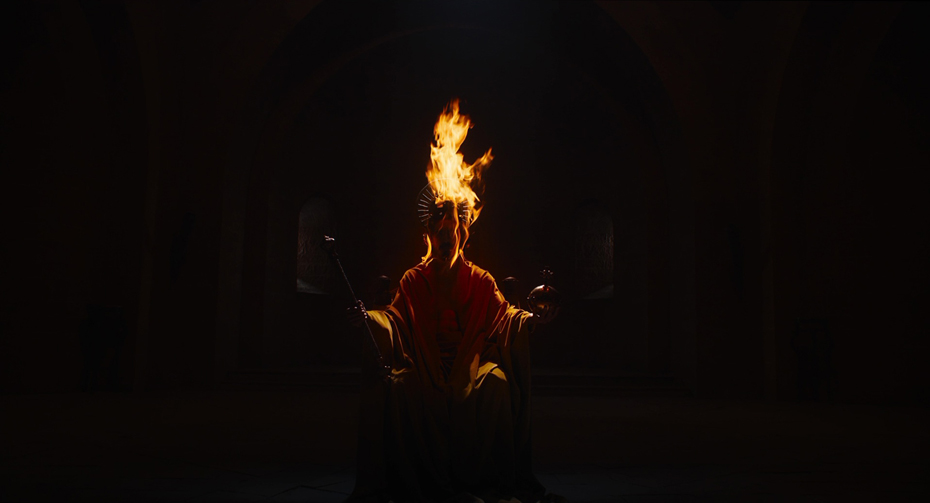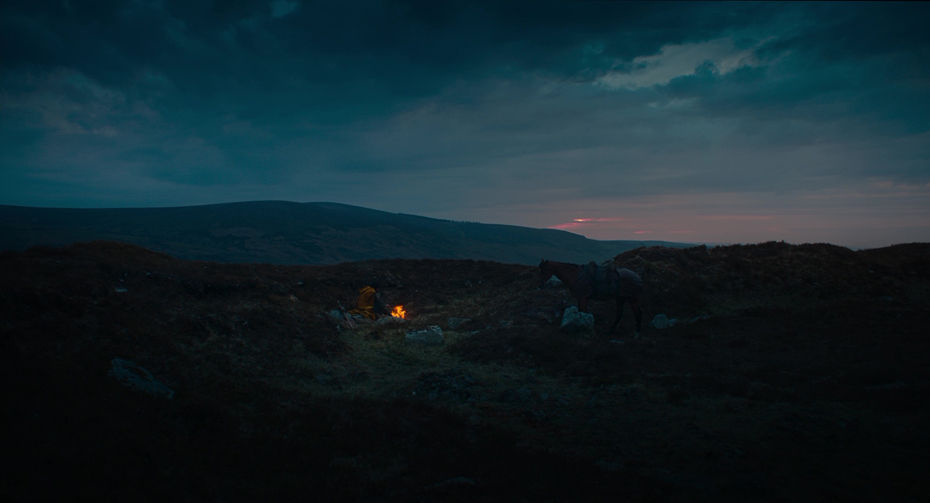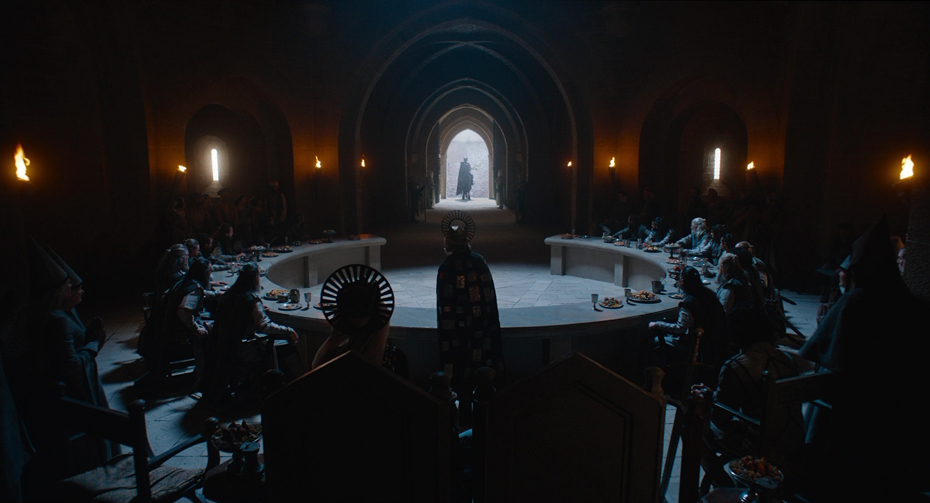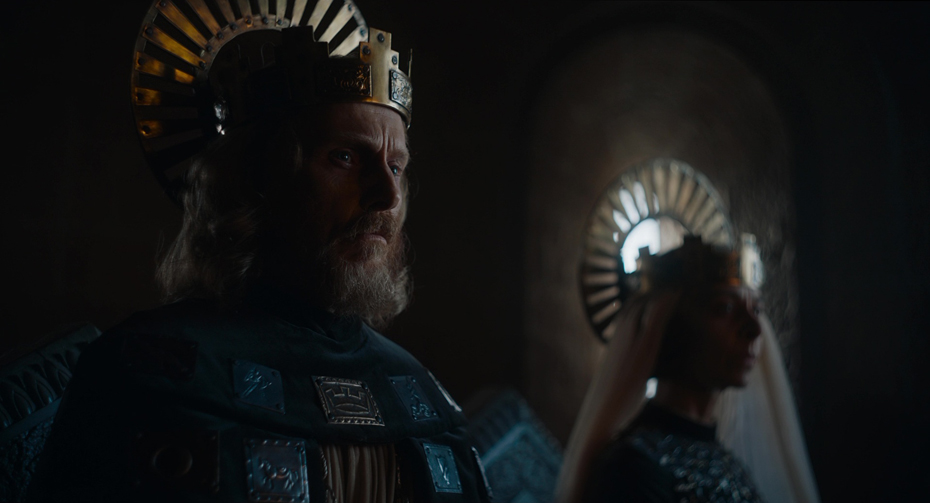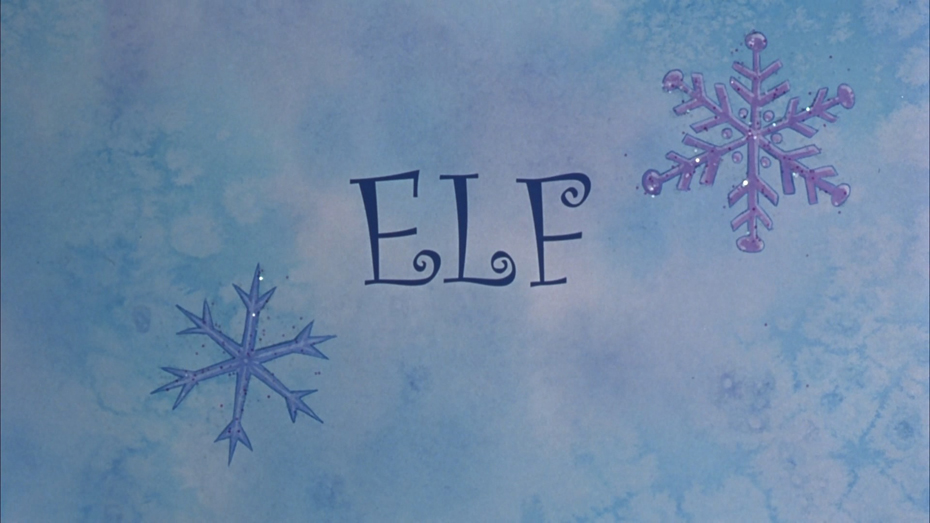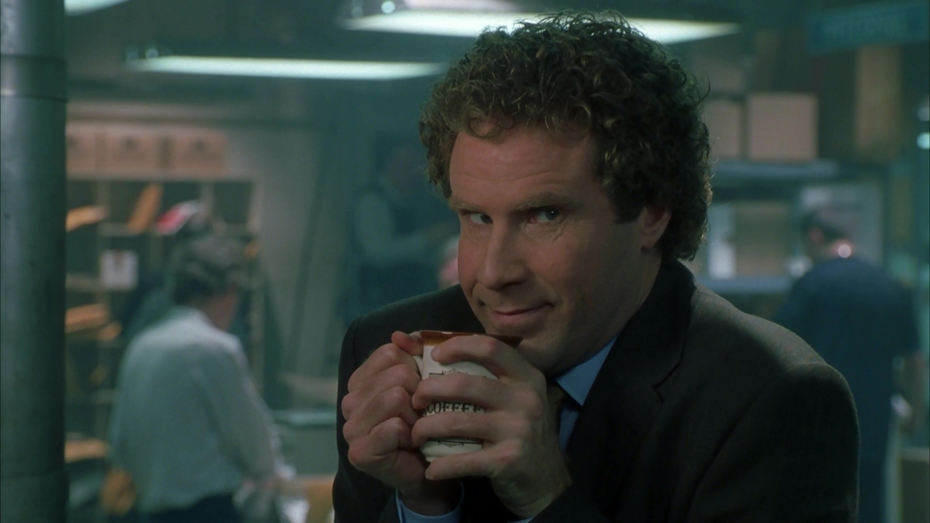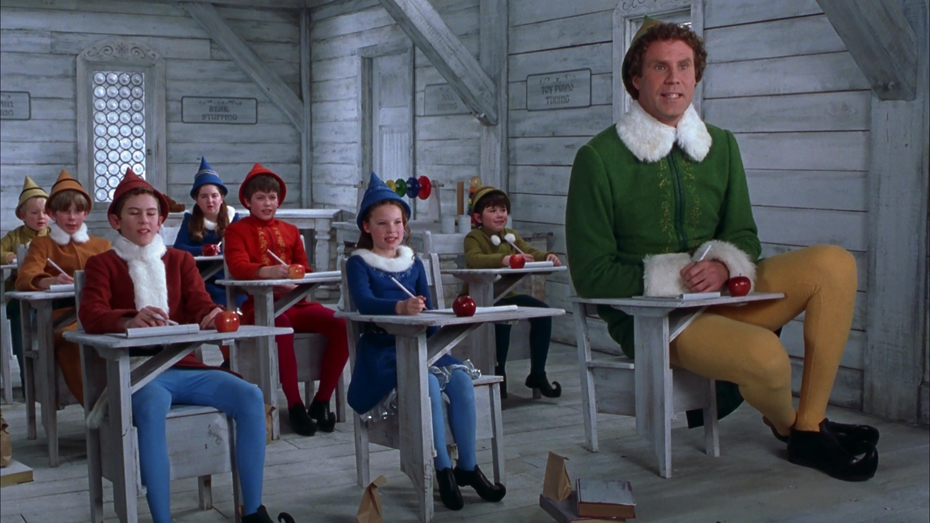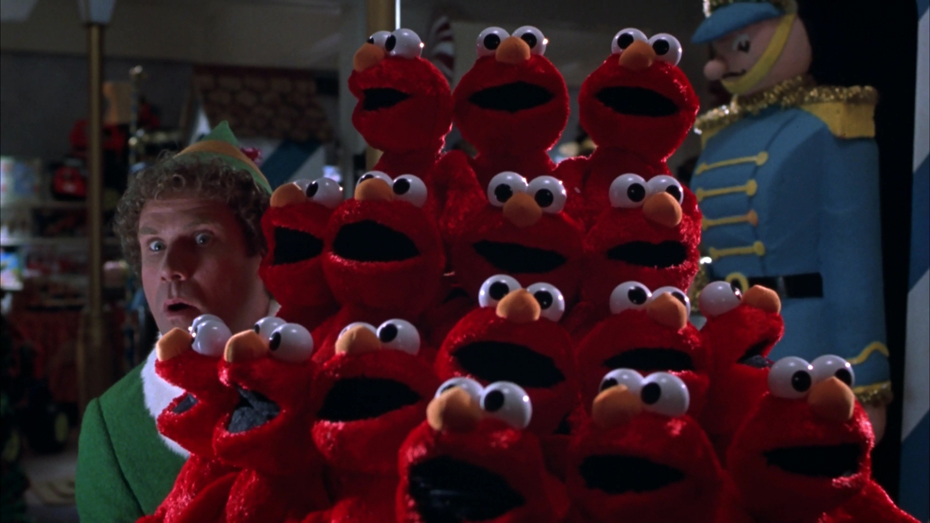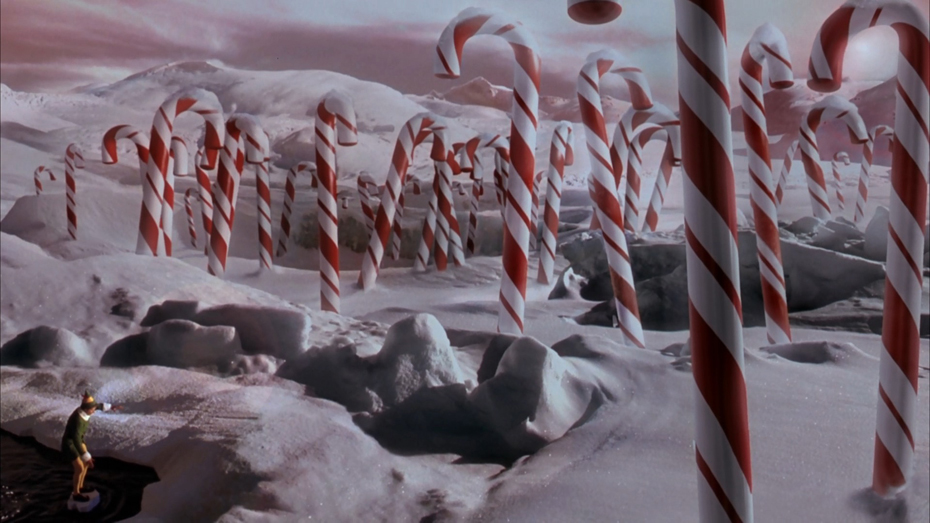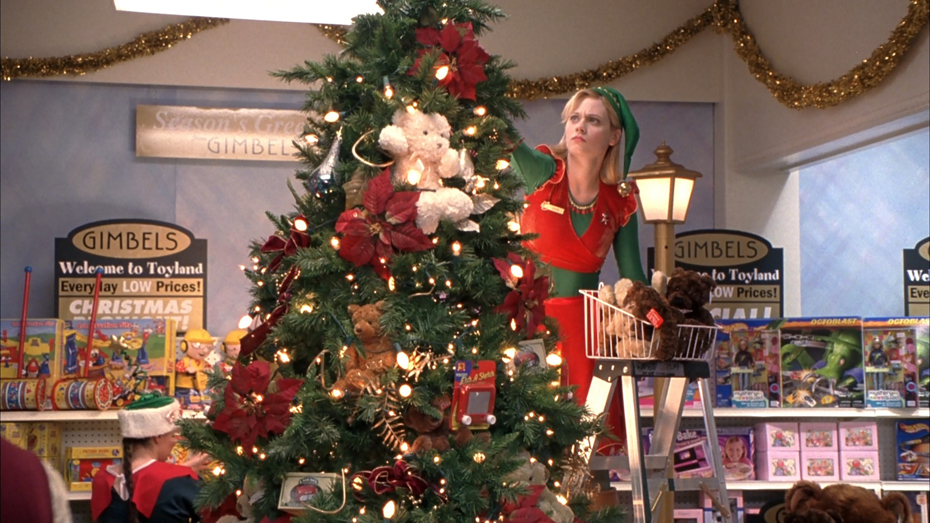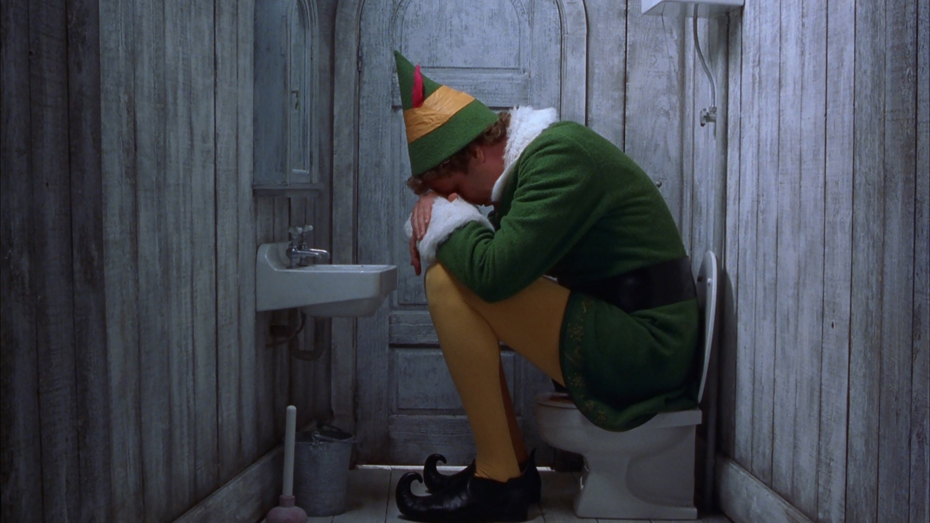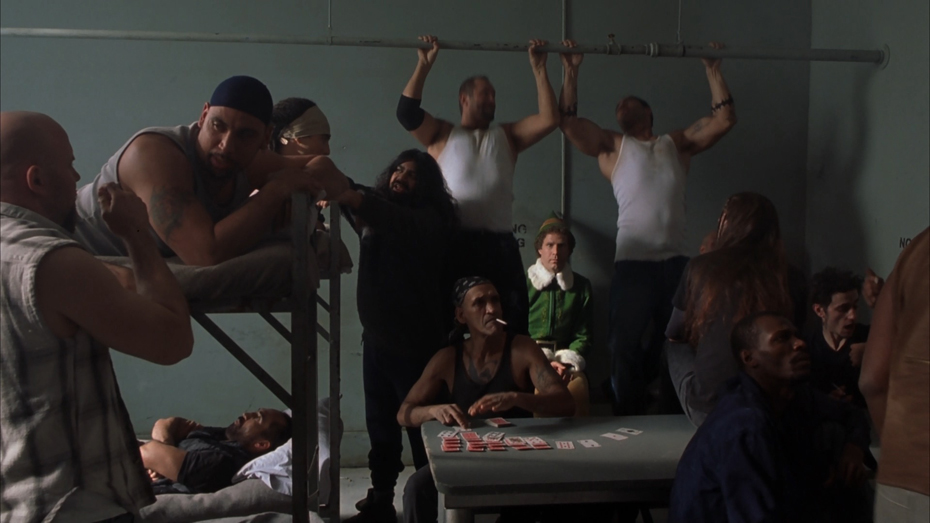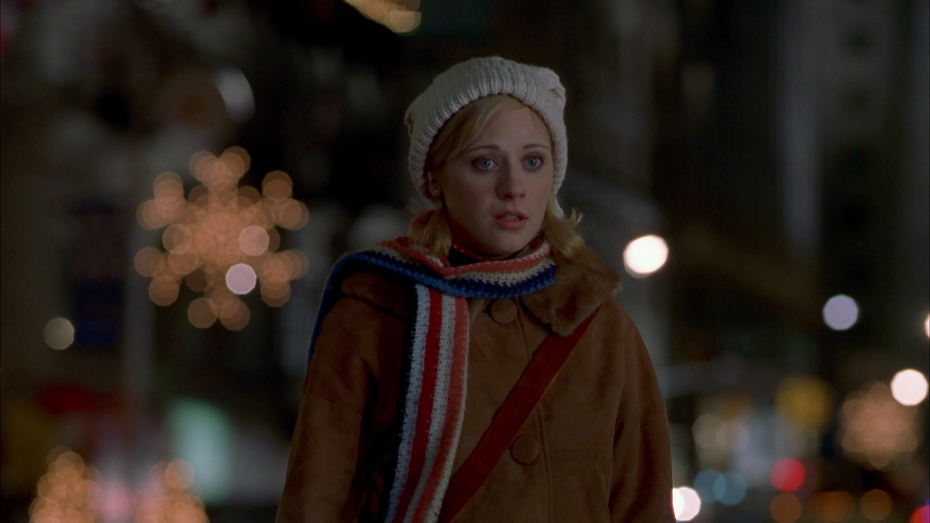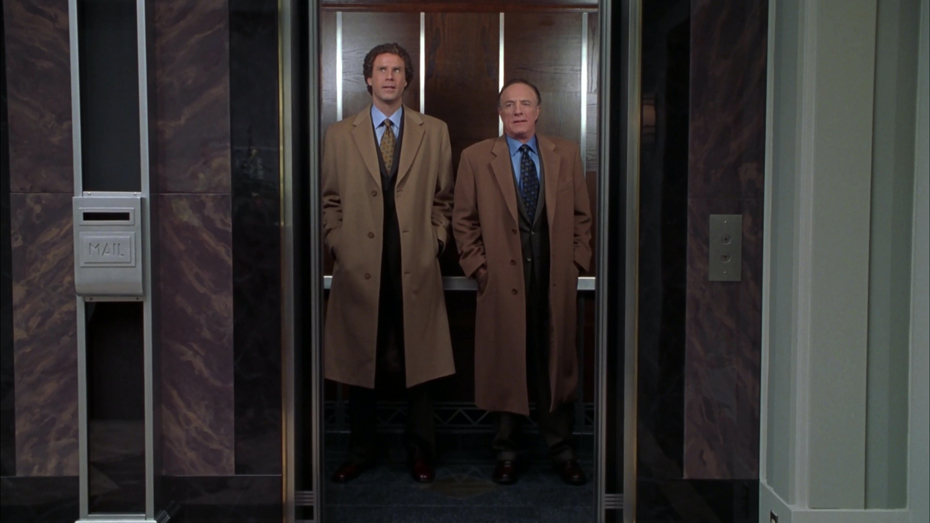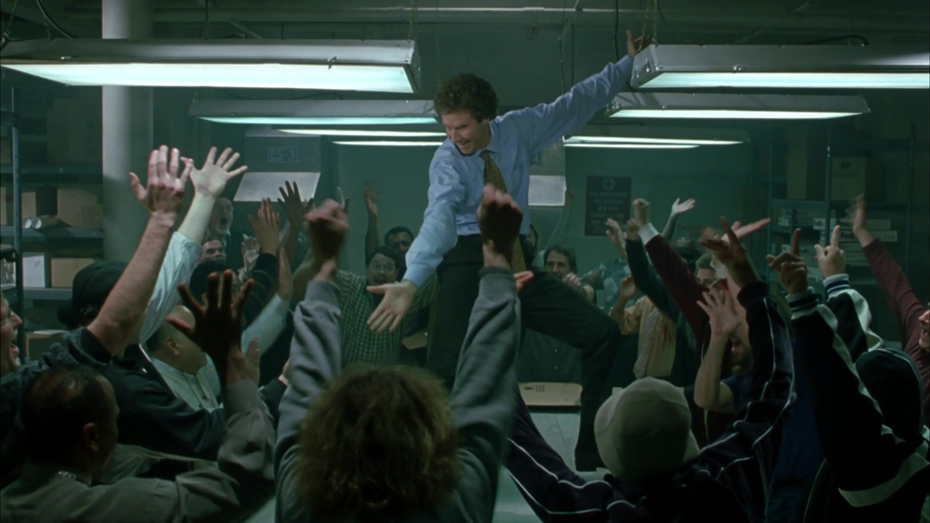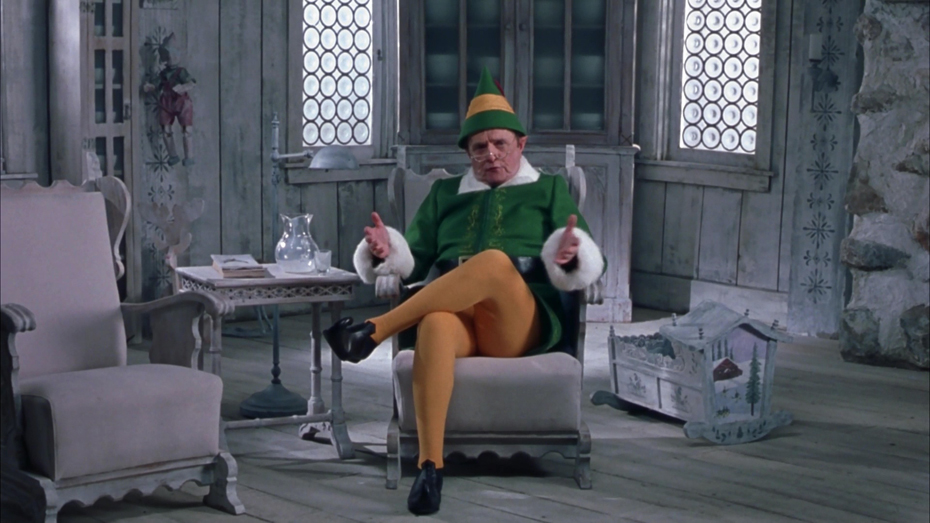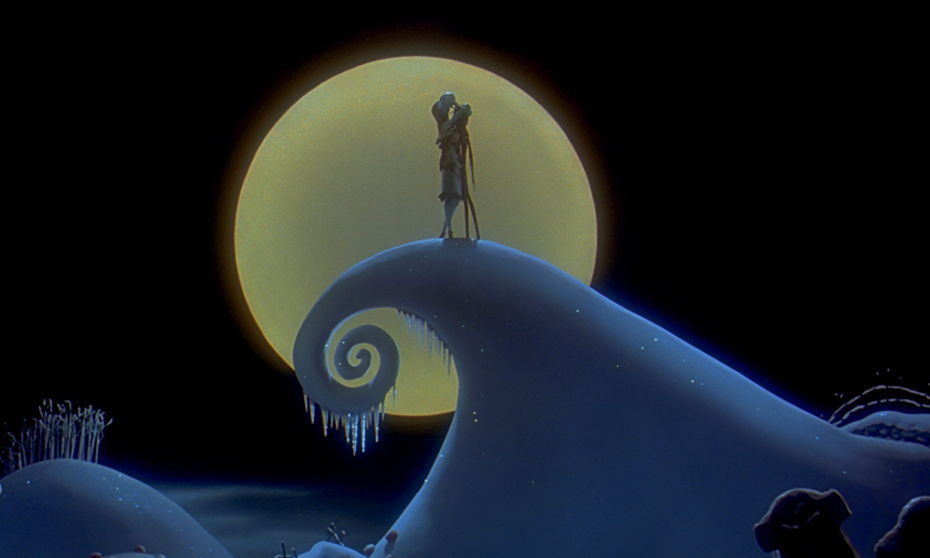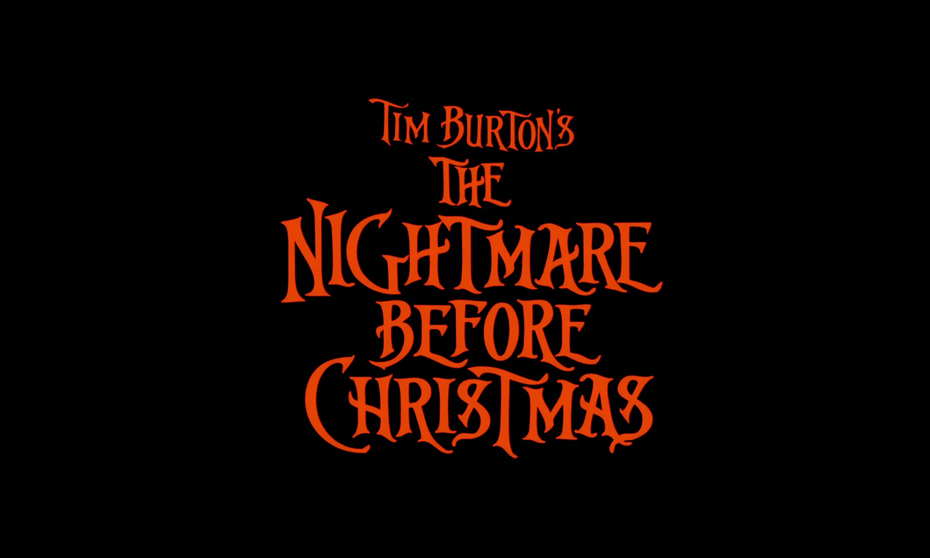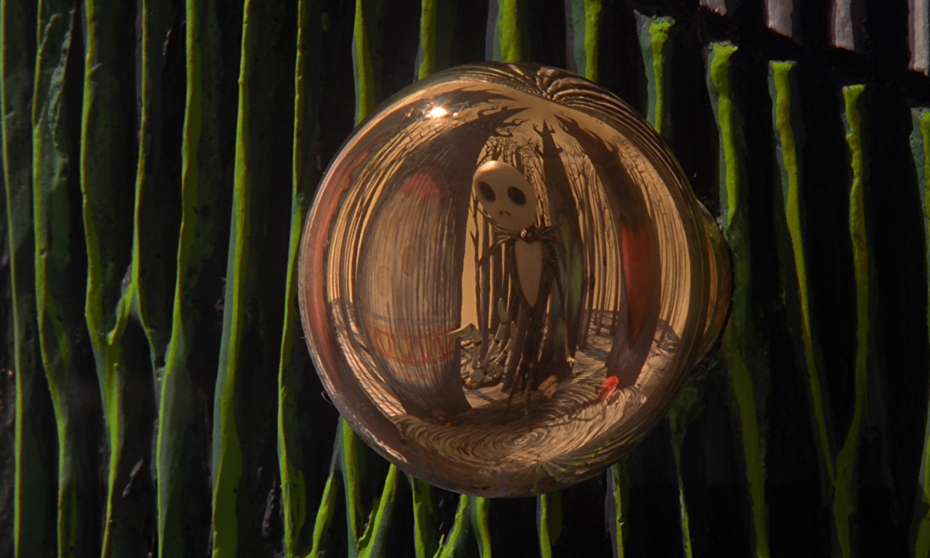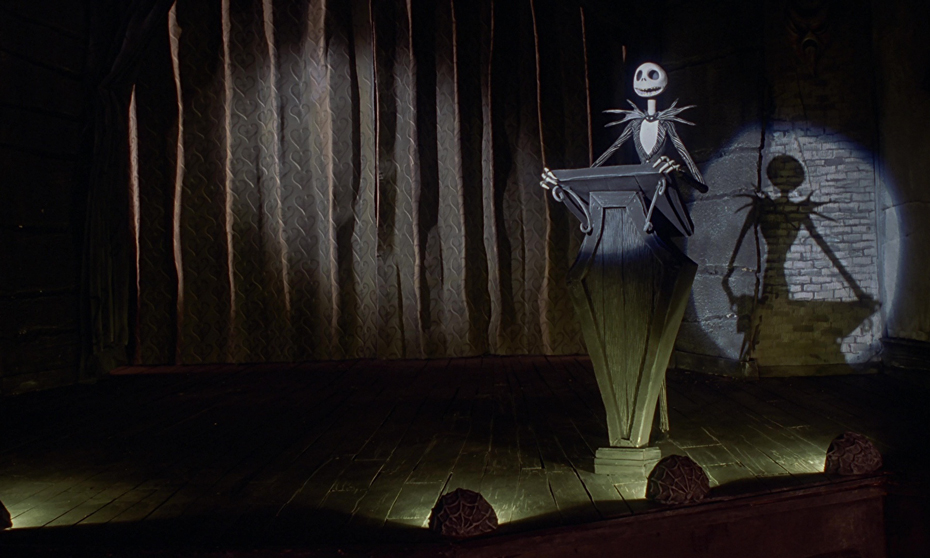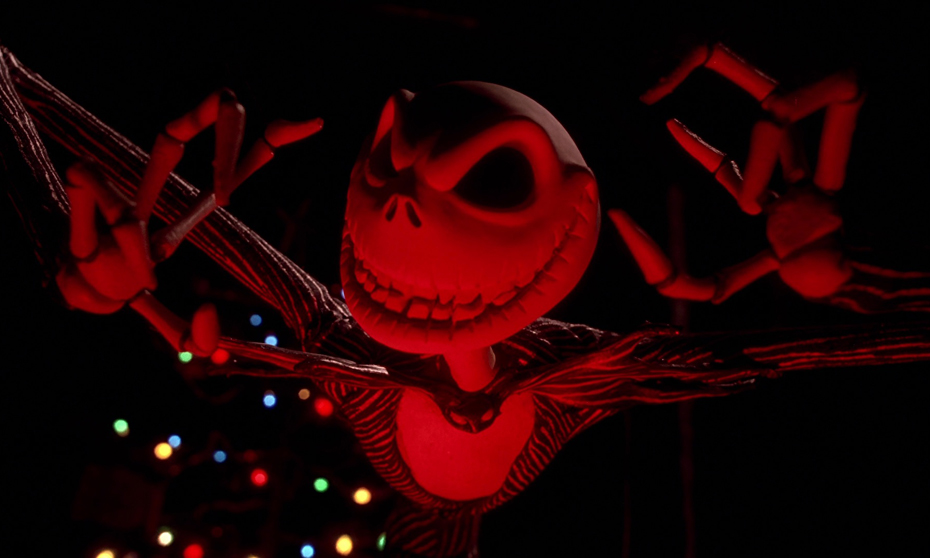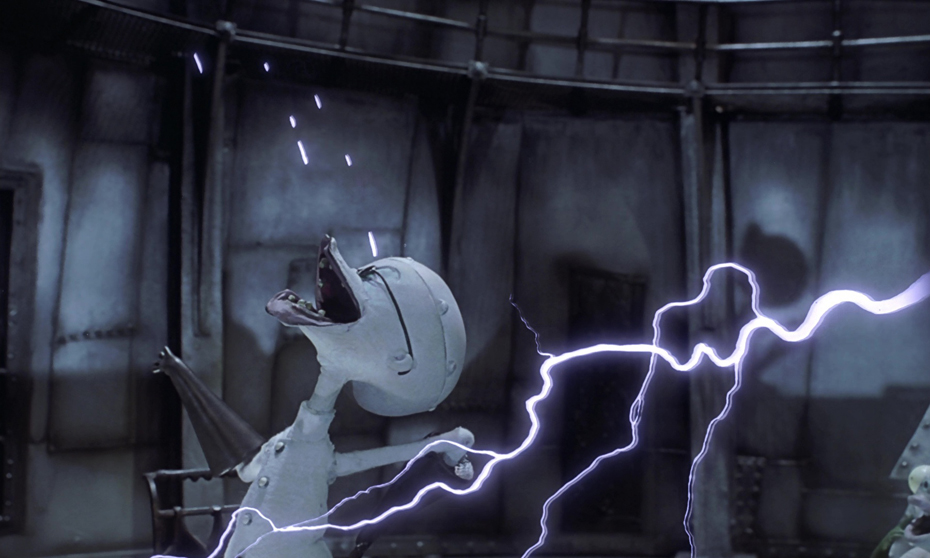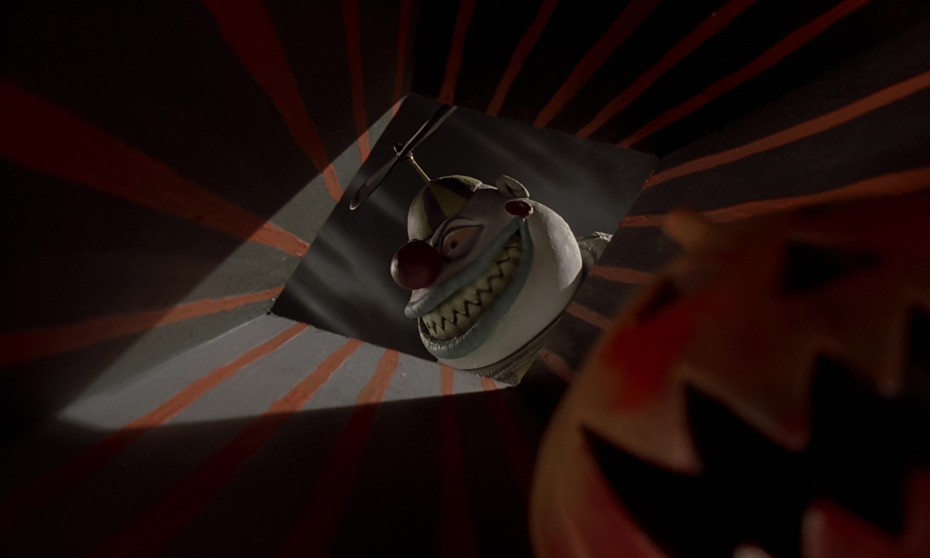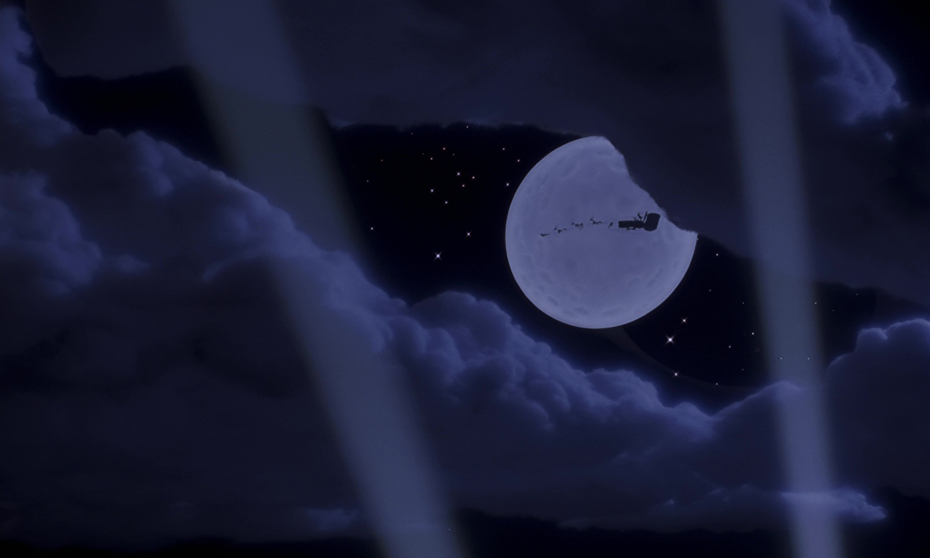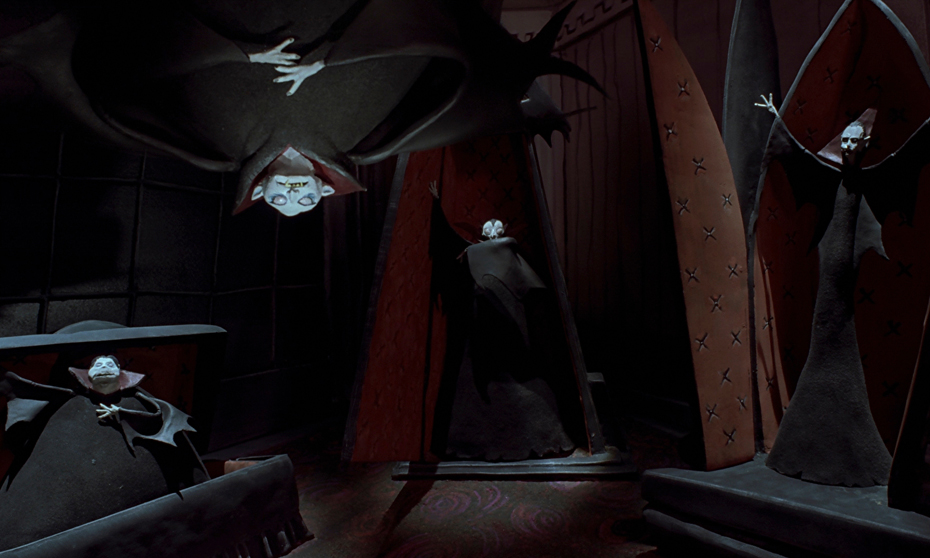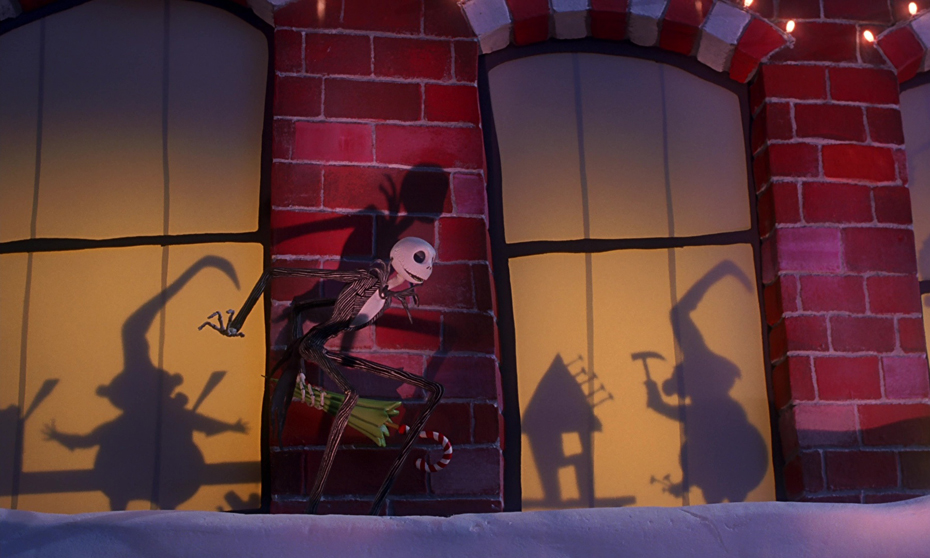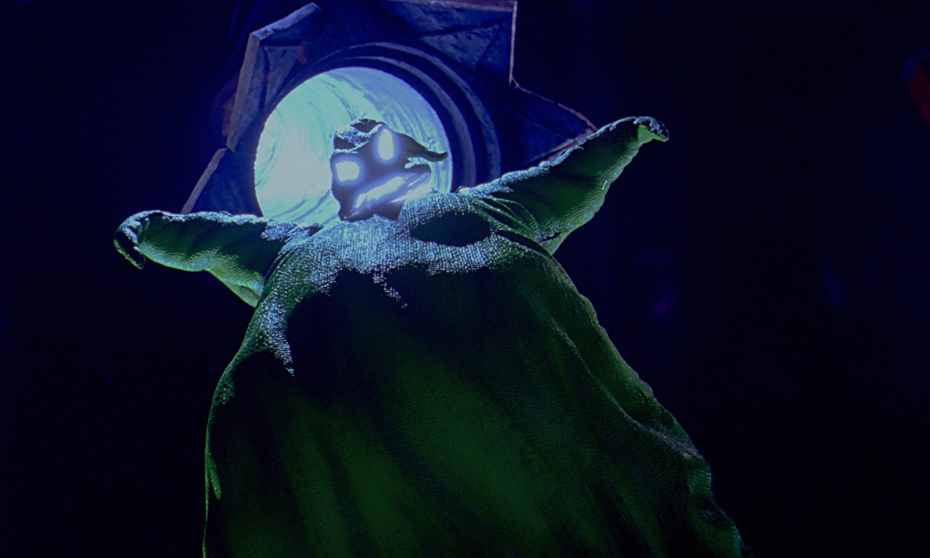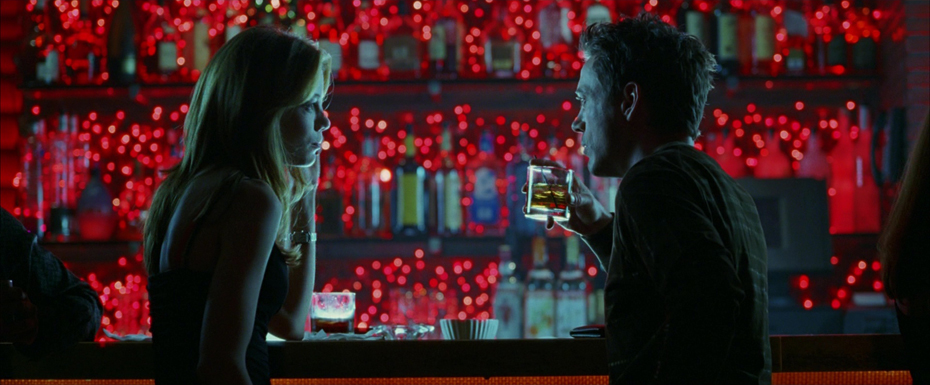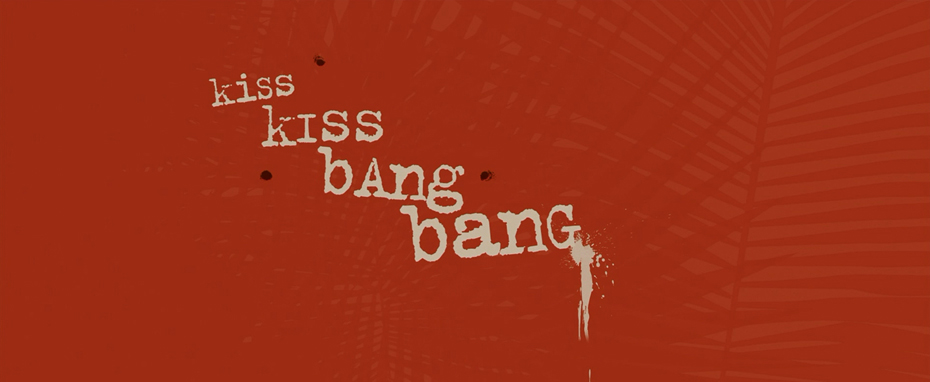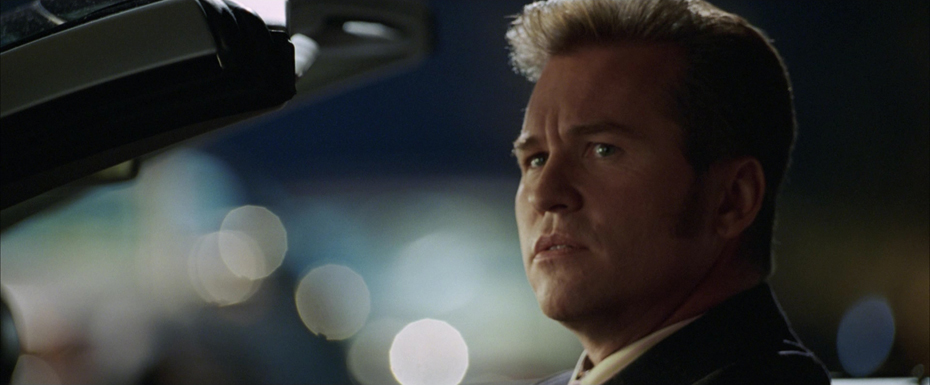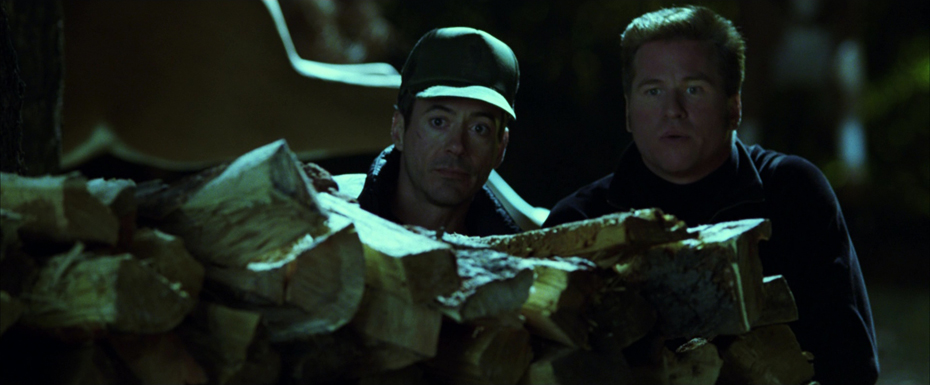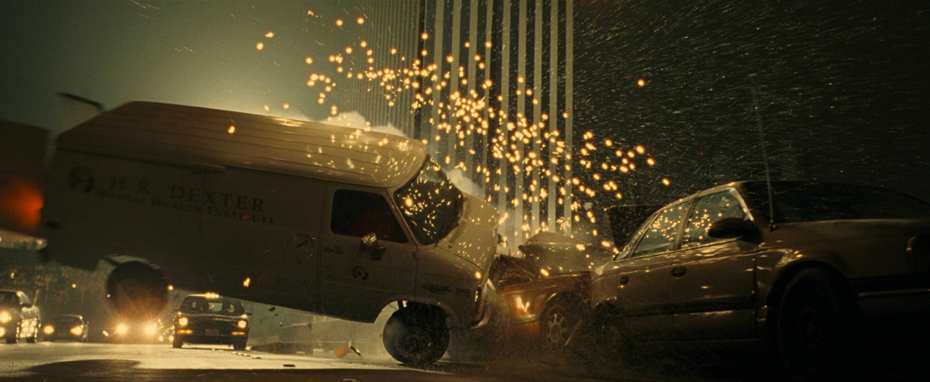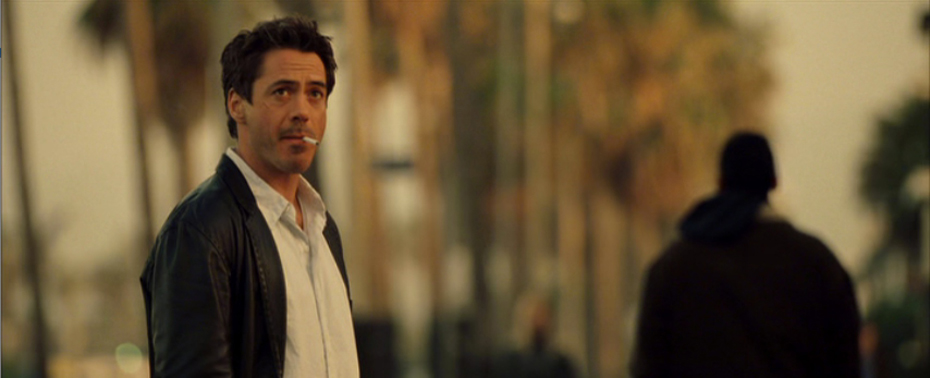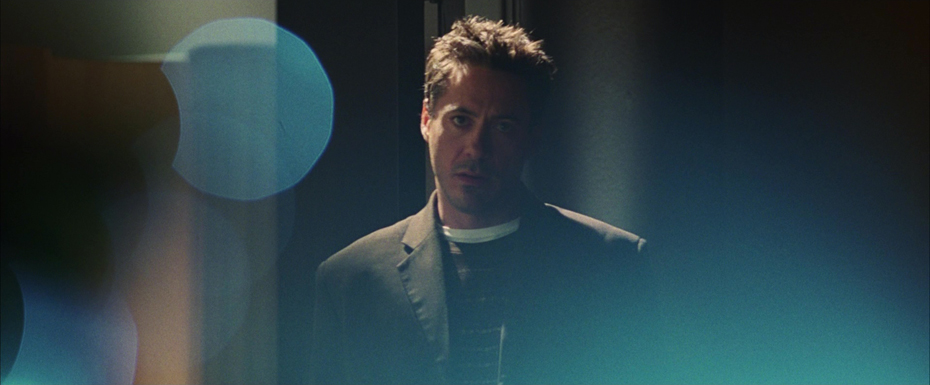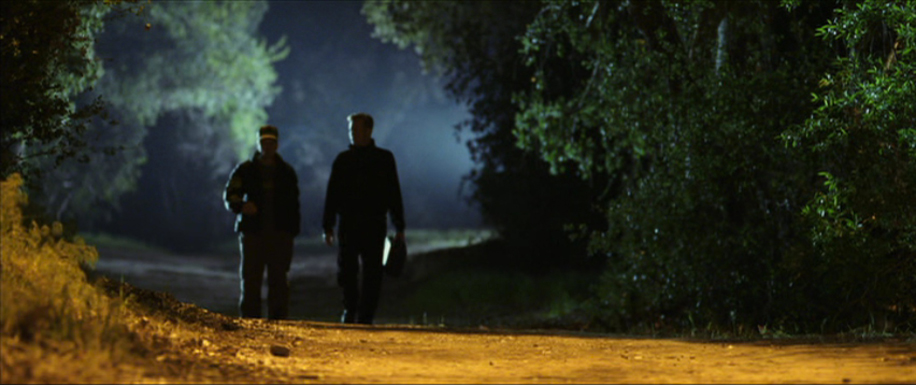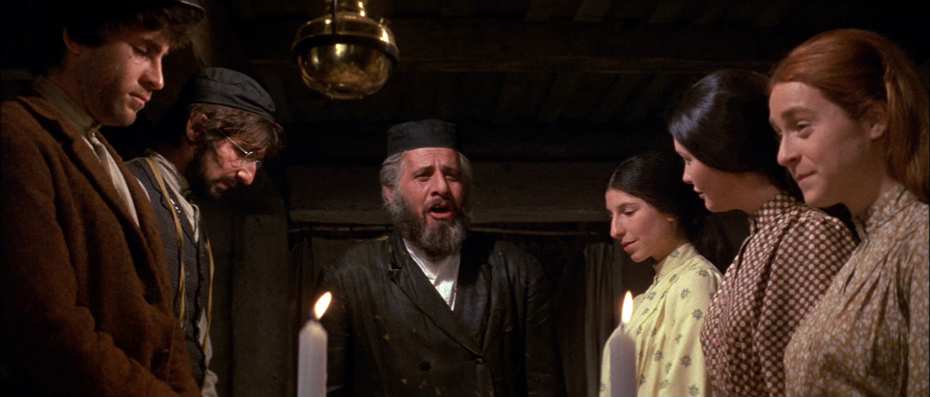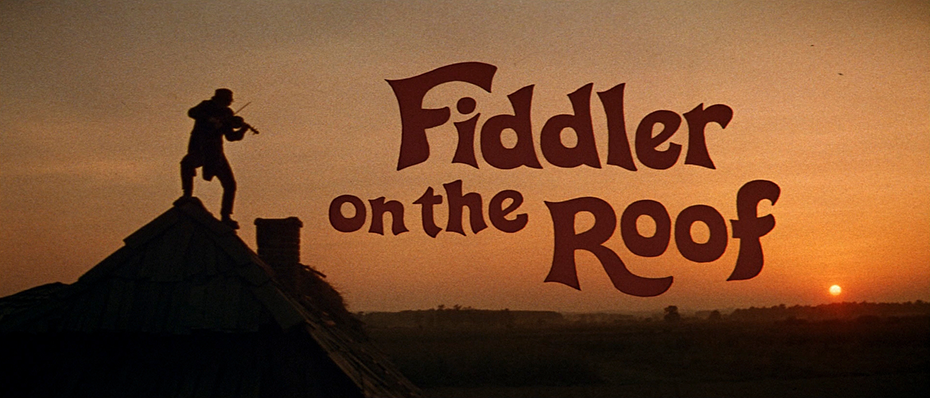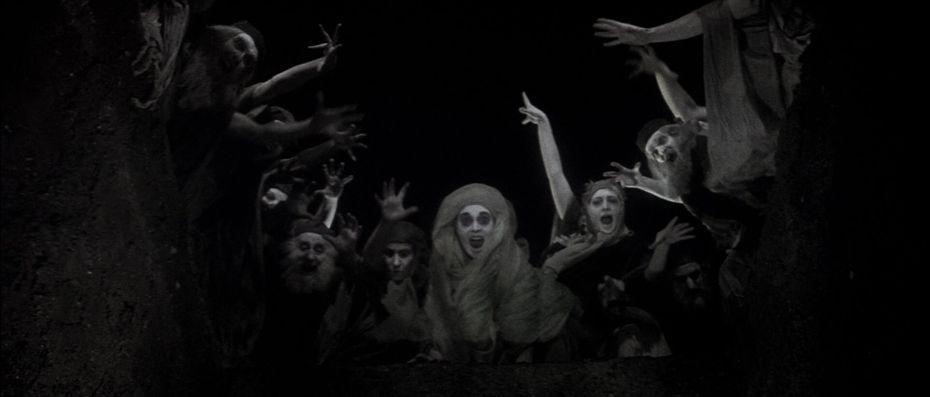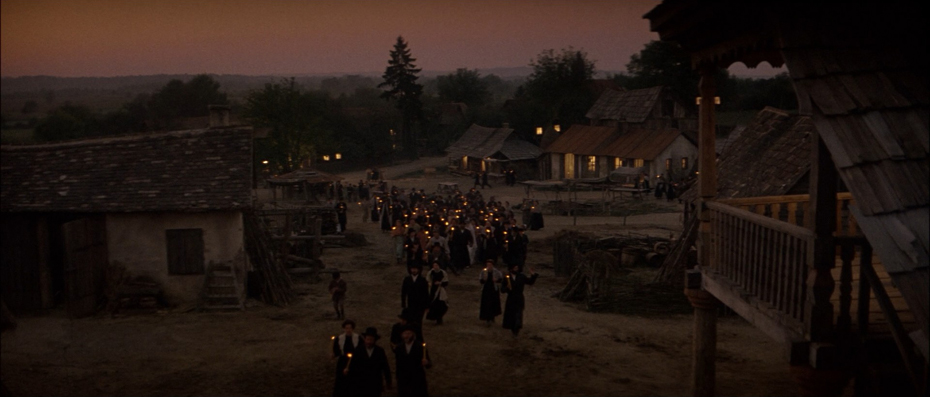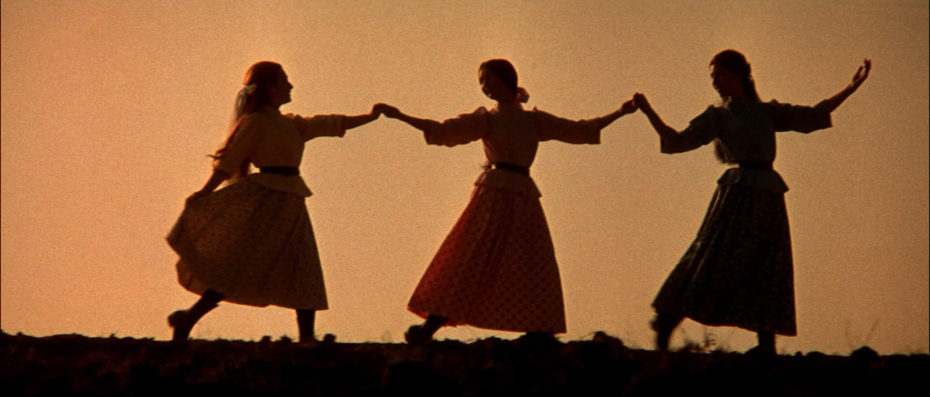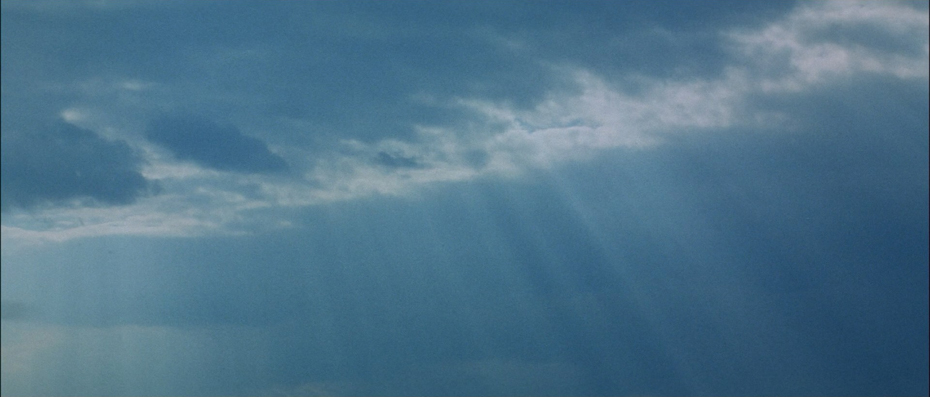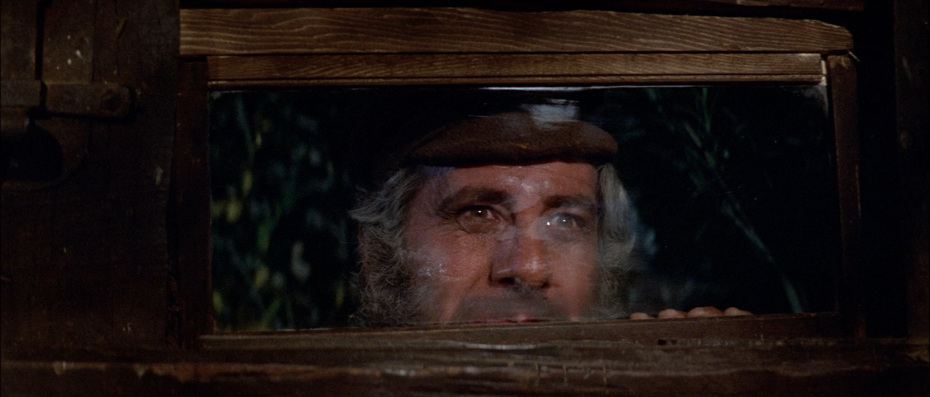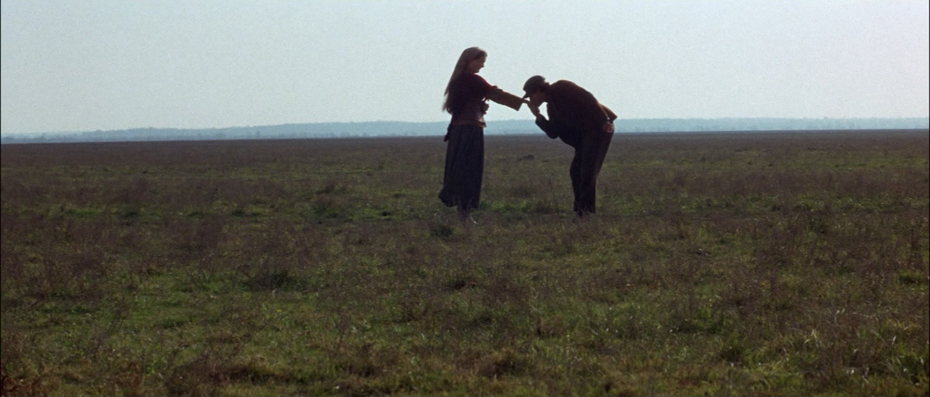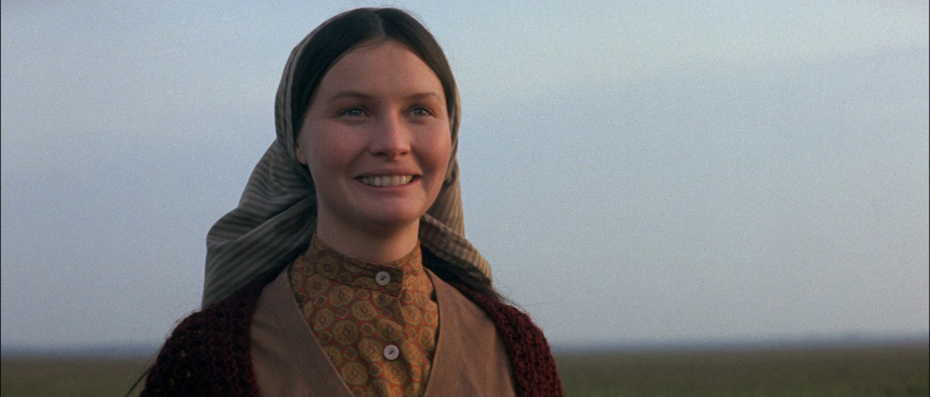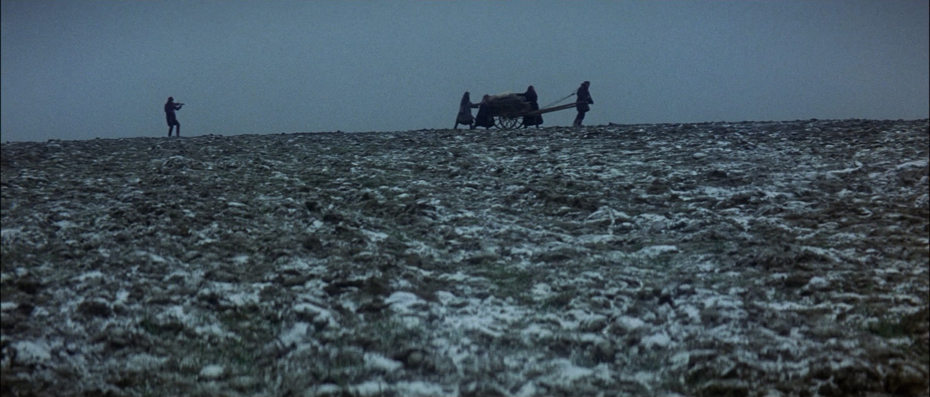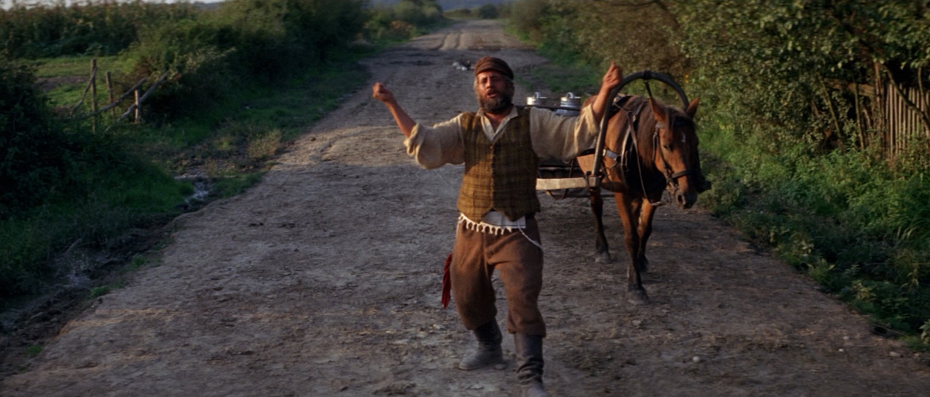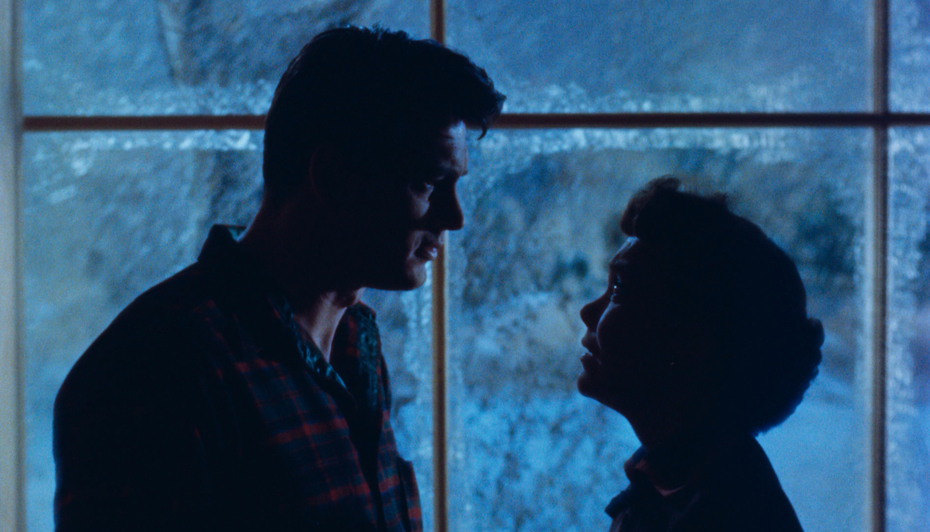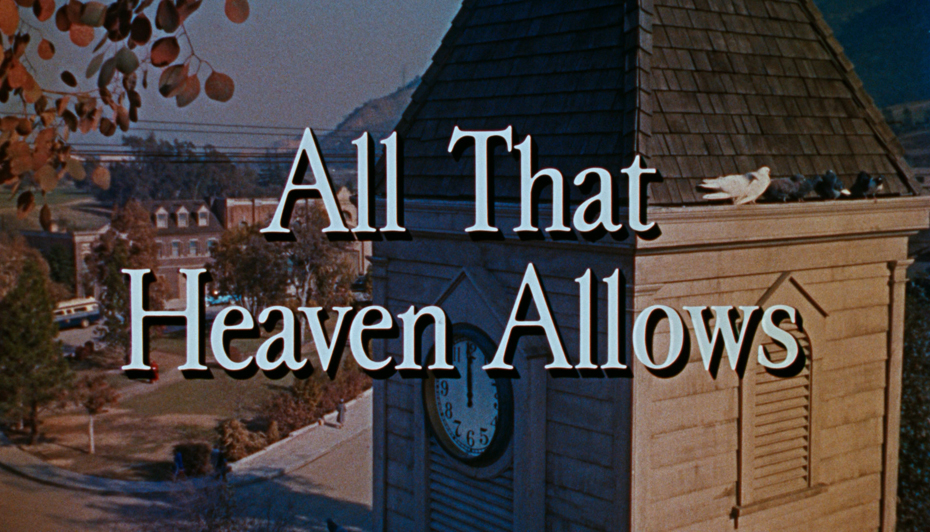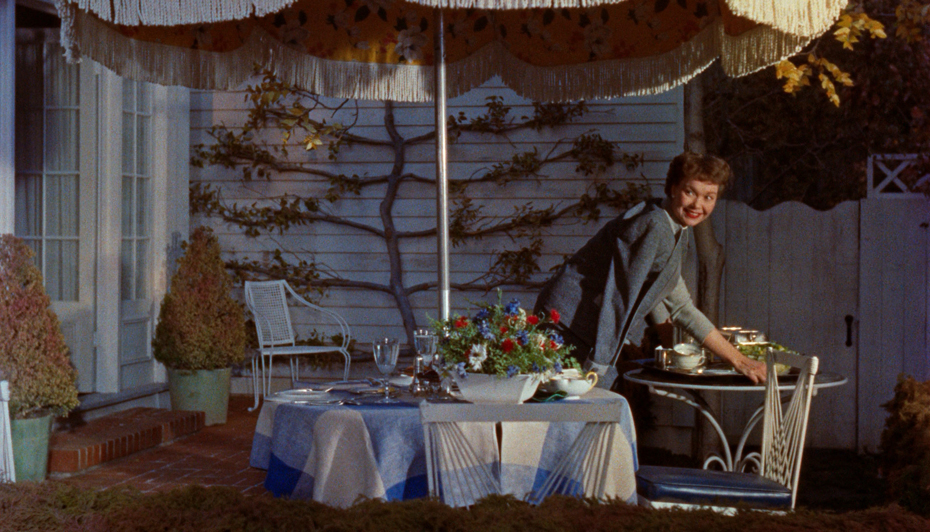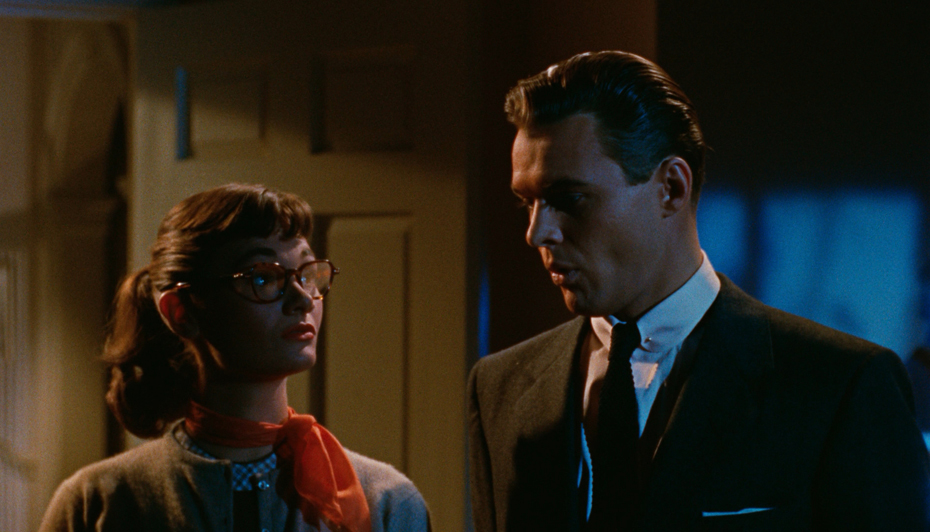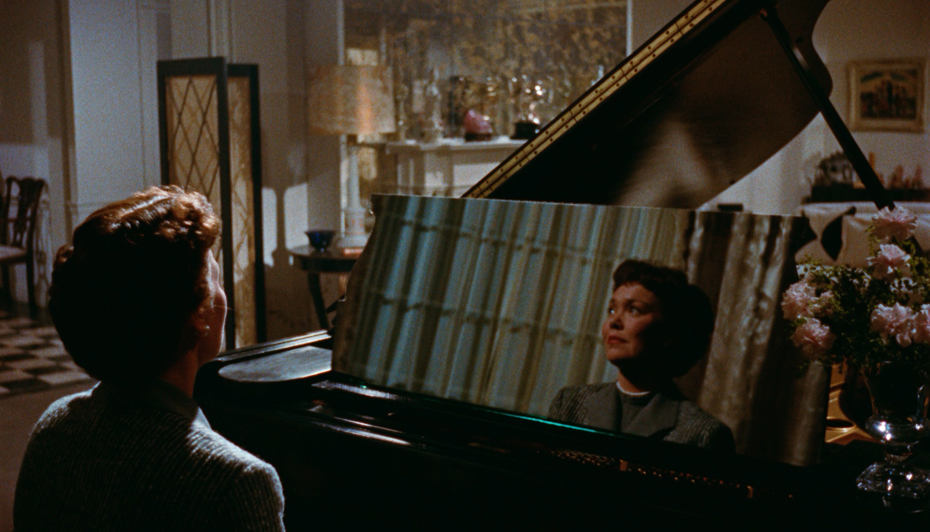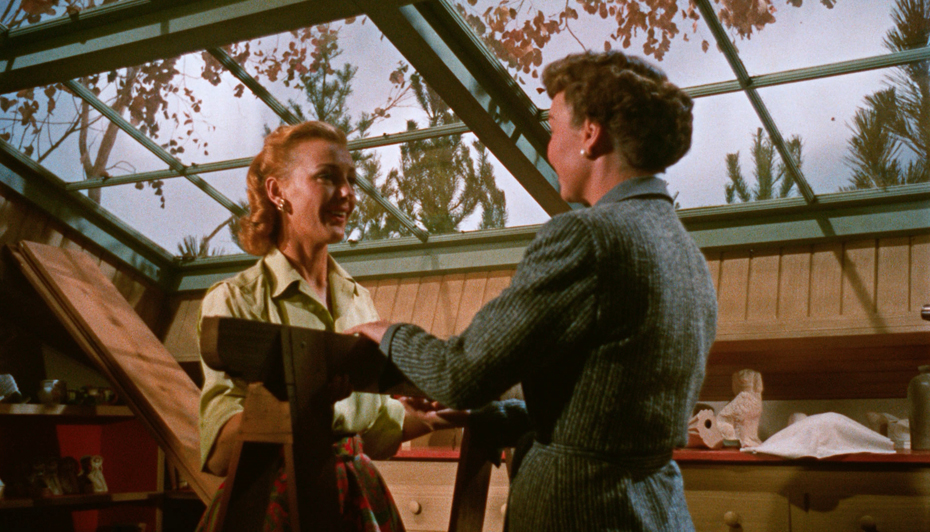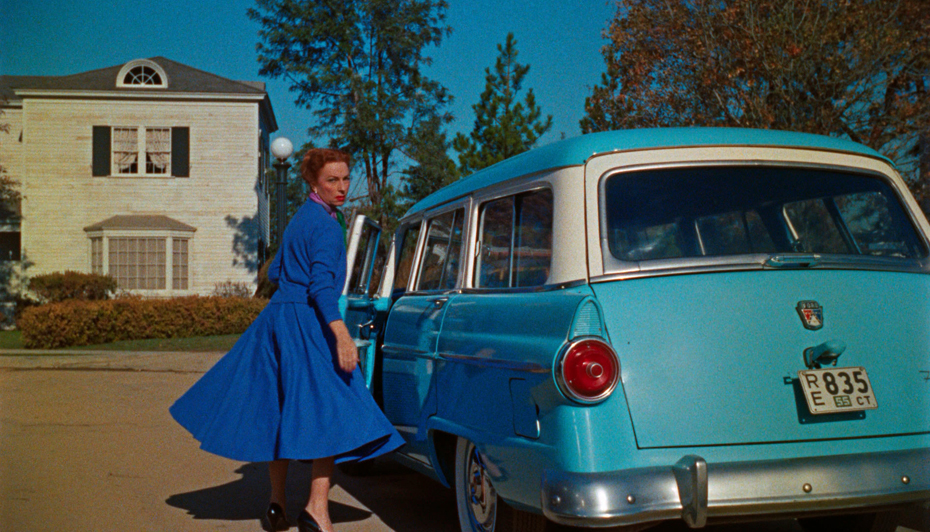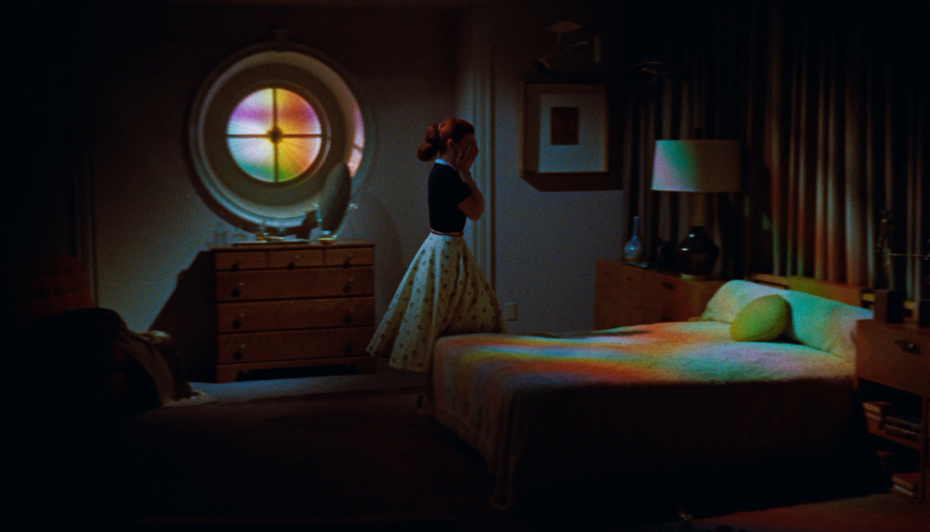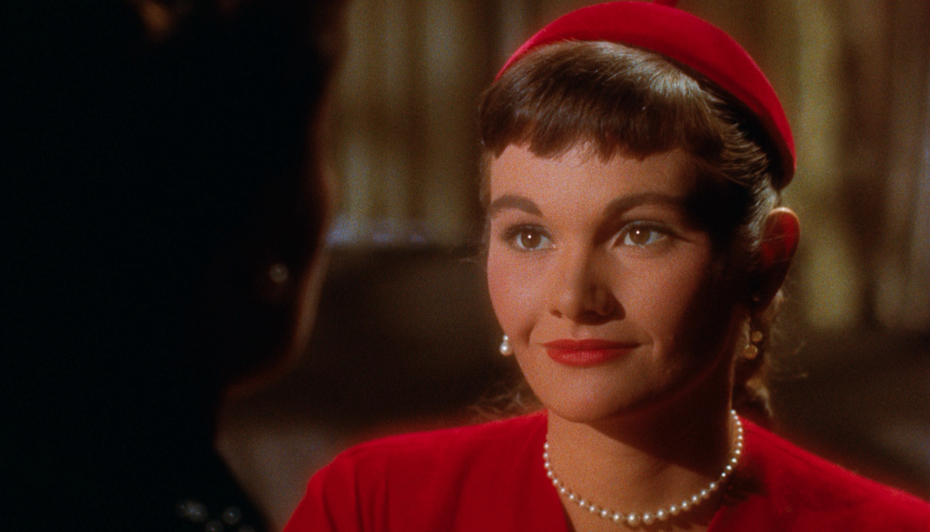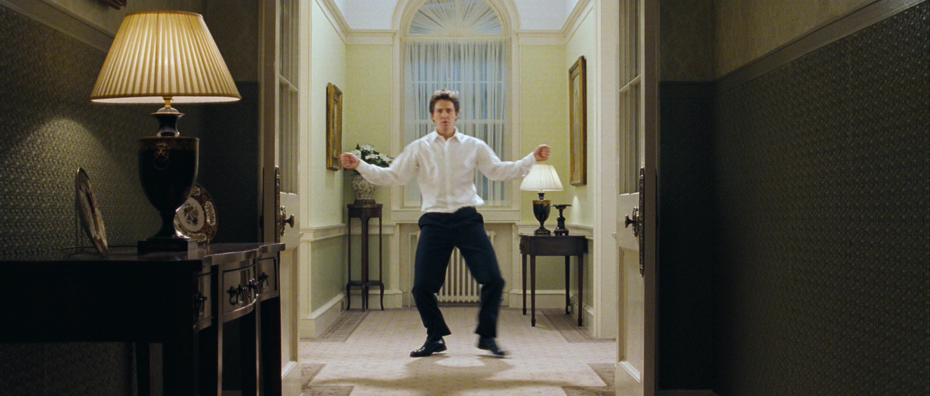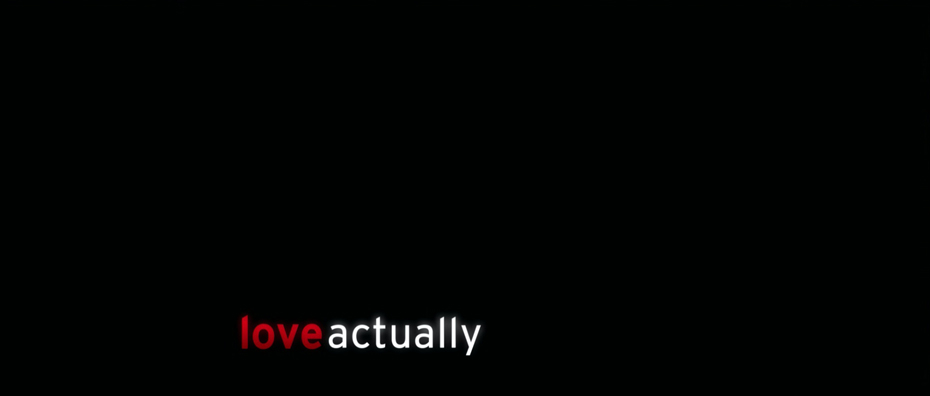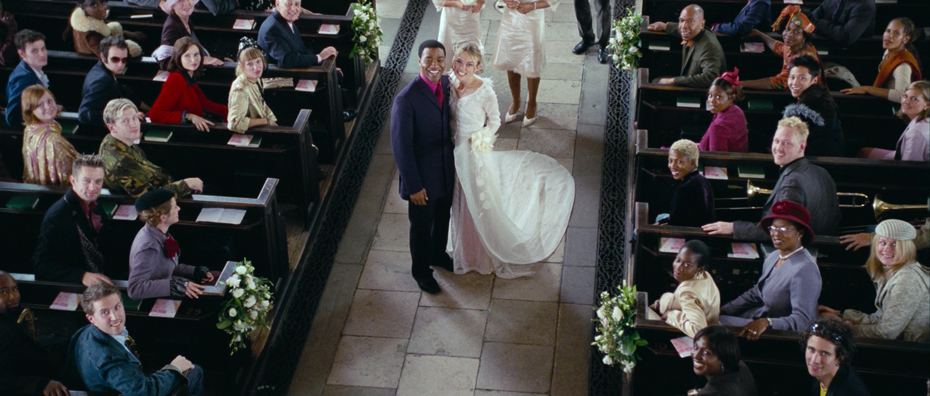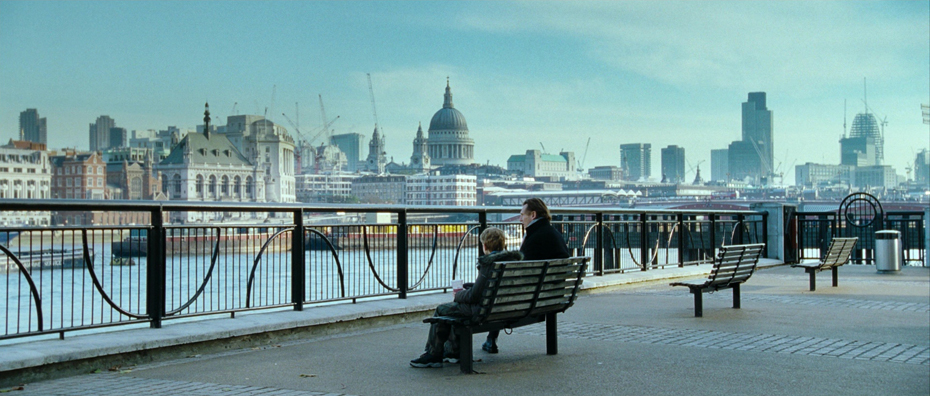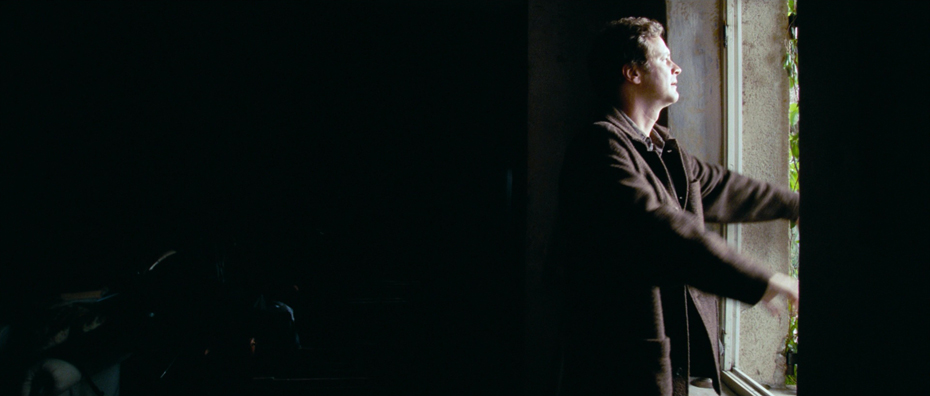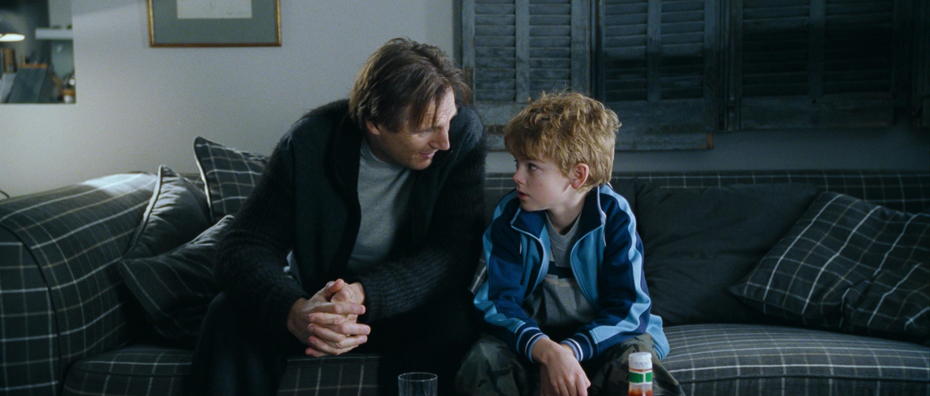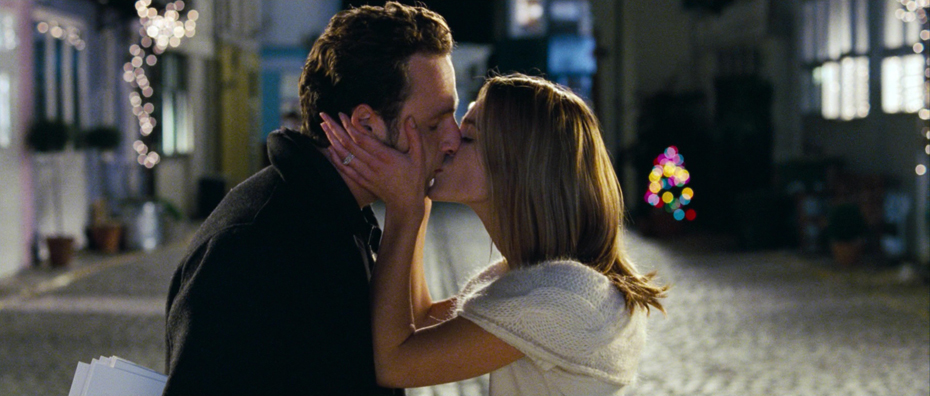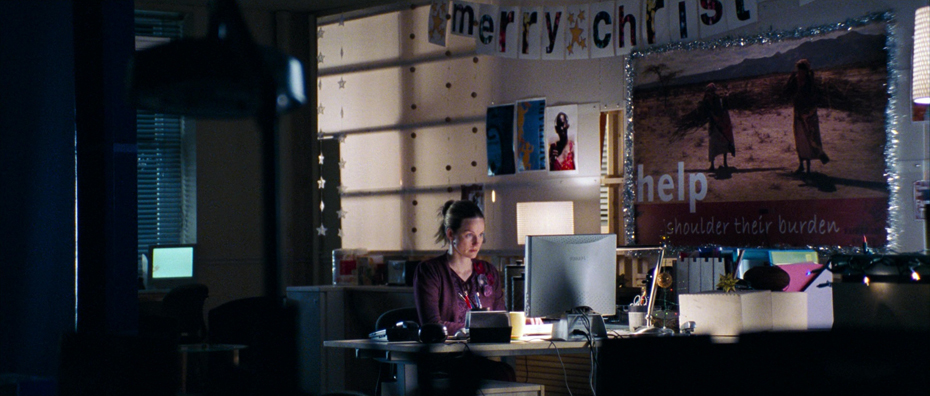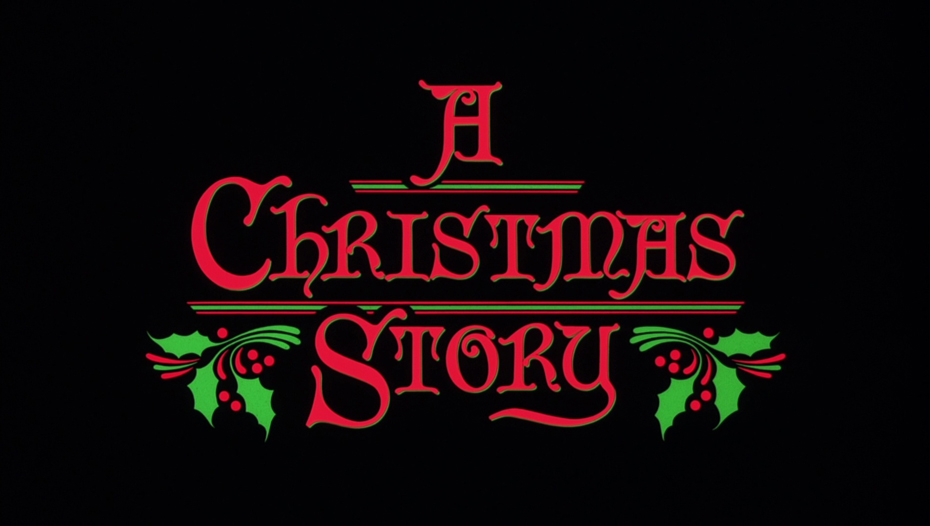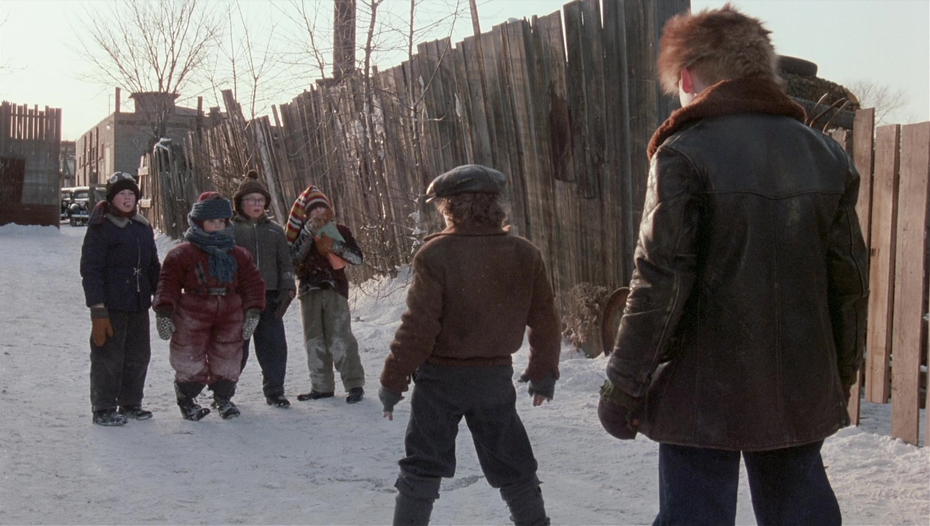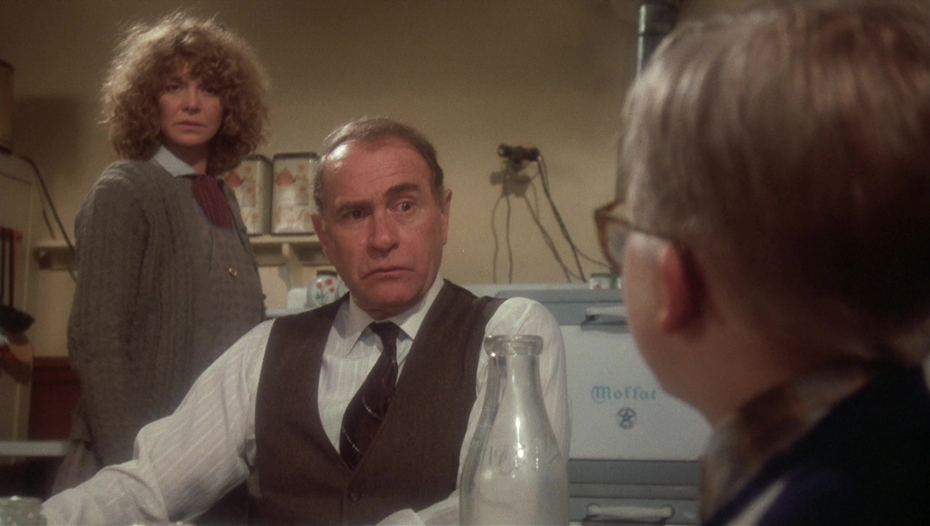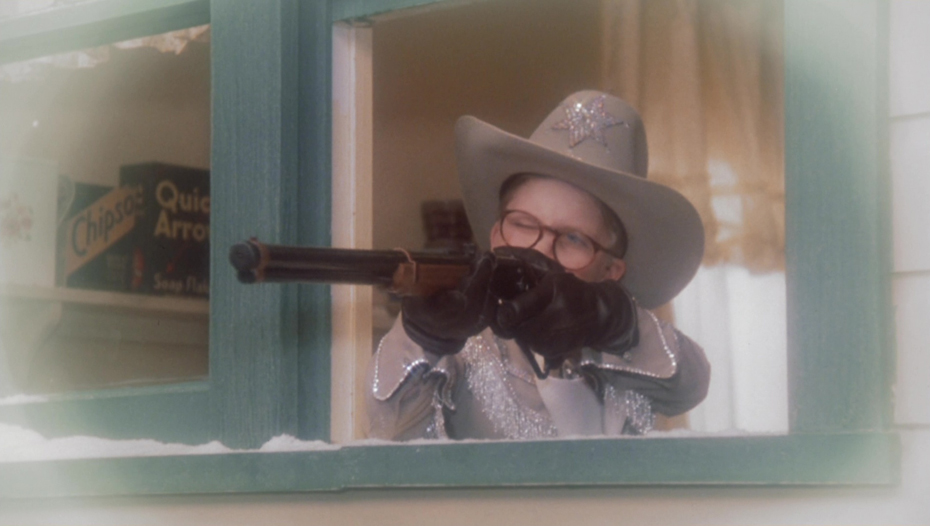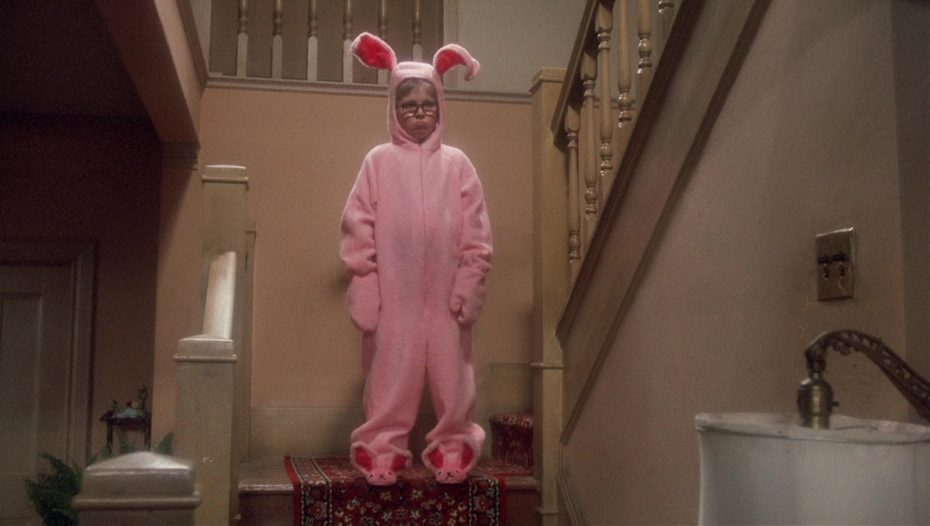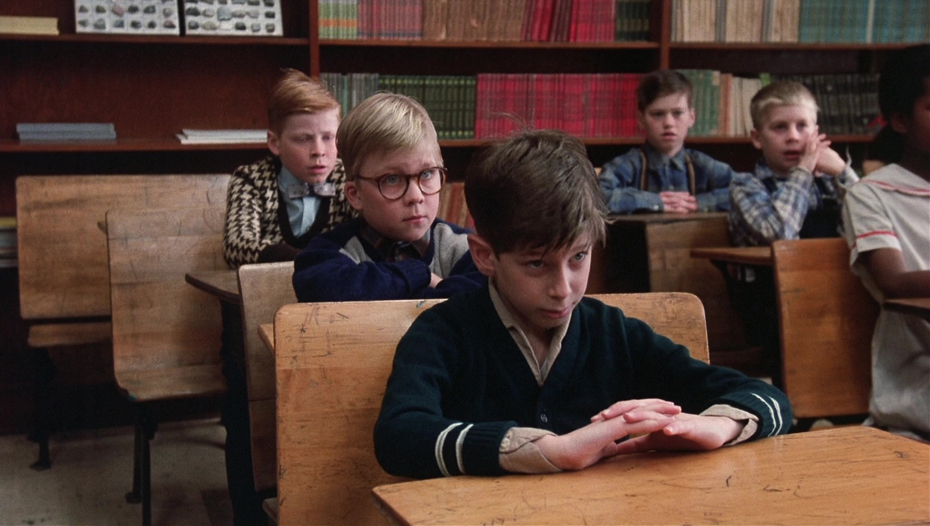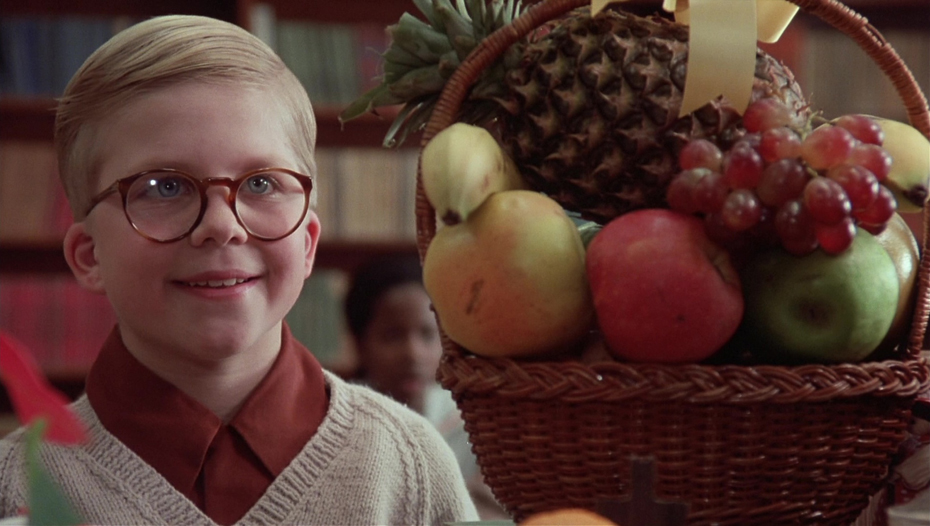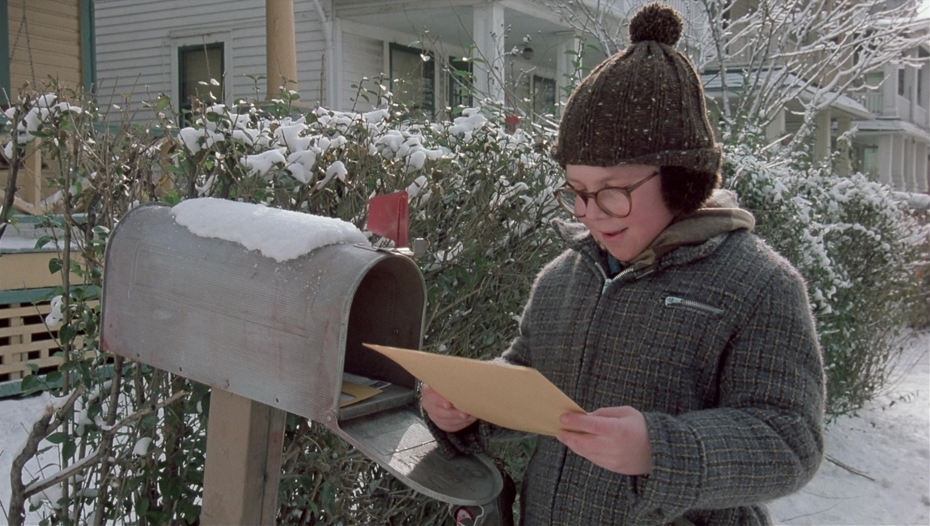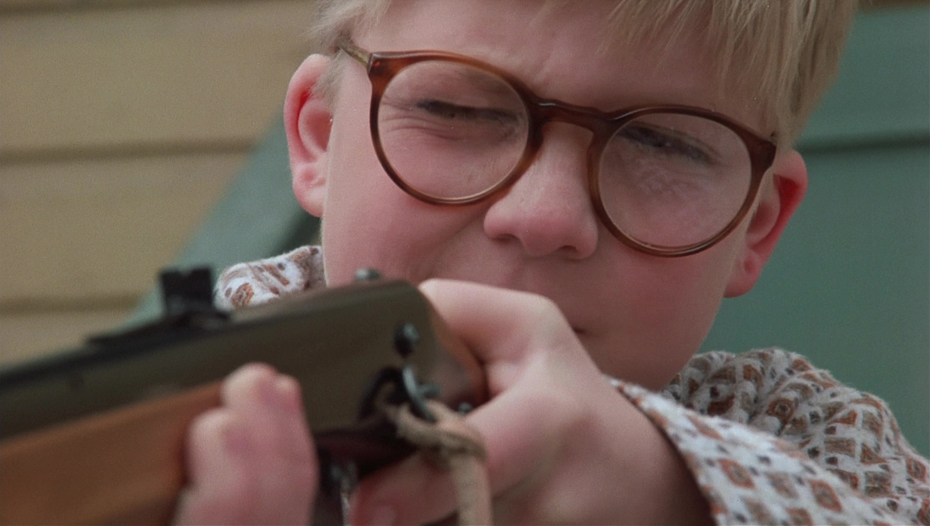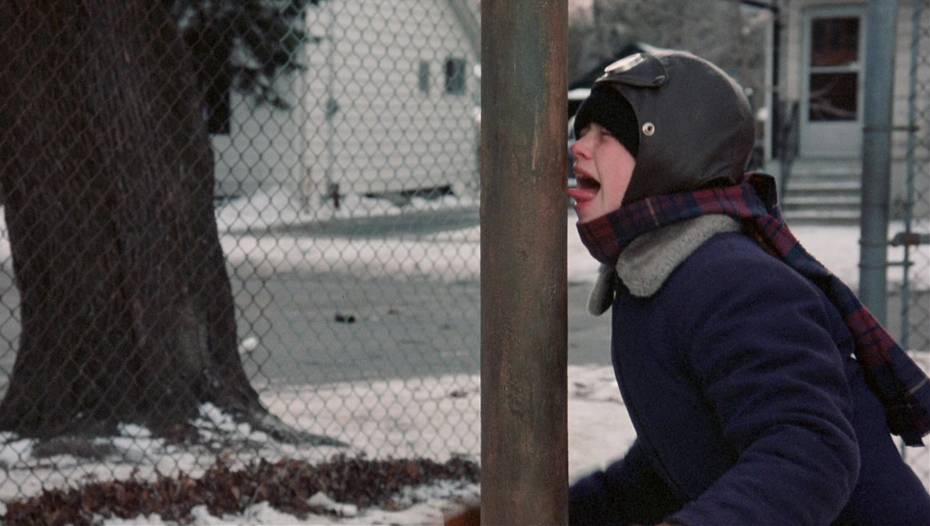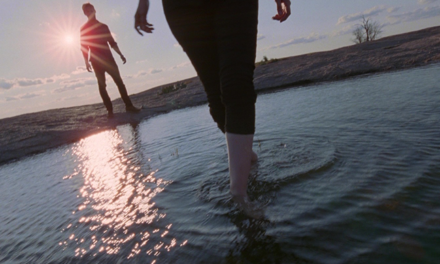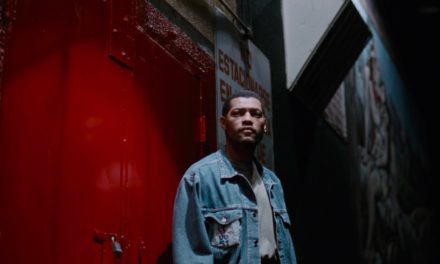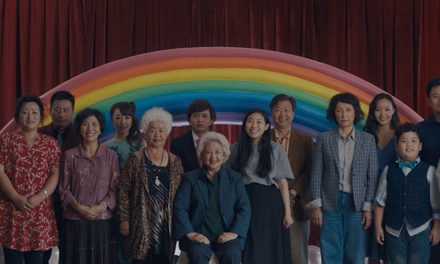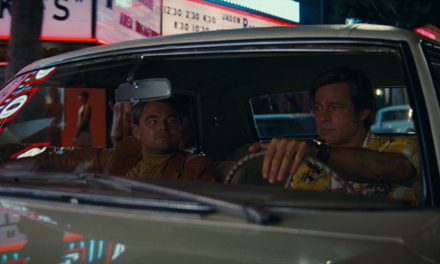THE TUESDAY DROP – 12/28
12.28.21 / New Shots
EYES WIDE OPEN (1999)
Stanley Kubrick’s final completed film, EYES WIDE SHUT, is an erotic psychological drama starring Tom Cruise and Nicole Kidman, based on the 1926 novella Traumnovelle by Arthur Schnitzler (the story was moved from 1920s Vienna to contemporary New York City). Eyes Wide Shut follows Dr. Bill Harford (Cruise), who embarks on a sex-filled night of adventure after learning that his wife, Alice (Kidman), contemplated an affair a year earlier. While the film opened to modest reviews, it has since become one of Kubrick’s best known works. Eyes Wide Shut is notorious for the brutal conditions of the production and the exacting detail that Kubrick pushed his cast and crew to accomplish.
The film was noted in the Guinness World Records as the longest unbroken film shoot, lasting 45 unbroken weeks, in which Manhattan was painstakingly recreated in London’s Pinewood Studios (rumor has it that Kubrick sent crew members to New York City to measure the width of streets). Kubrick worked on the project with cinematographer Larry Smith, who he had previously collaborated with on Barry Lyndon and The Shining (Smith served as Gaffer on both shoots). They shot the project predominantly on an 18mm lens, never going longer than a 35mm, and were almost always at a T1.3, pushing the film by 2 stops. With such strict camera rules, and a lighting strategy that would allow the camera to point in any direction on set, Smith prepared extensively to ensure every detail was perfect before Kubrick and the actors ever arrived on set.
DIE HARD (1988)
John McTiernan’s 1988 action film DIE HARD stars Bruce Willis as New York City detective John McClane, who is caught up in a terrorist attack in a Los Angeles skyscraper while visiting his estranged wife. The film also stars Alan Rickman, Alexander Godunov and Bonnie Bedelia. Die Hard was nominated for four Academy Awards, including Best Editing and Best Visual Effects, and has gone on to be considered both one of the greatest action films and Christmas movies of all time. The film is particularly noted for casting an ordinary, fallible character as an action hero, as well as for the film debut of Rickman, whose portrayal of Hans Gruber has become one of the most noted screen villains of all time.
McTiernan worked on the film with Dutch cinematographer Jan de Bont, who was best known at the time for his work with Michael Chapman on projects such as All the Right Moves. De Bont and McTiernan wanted to create a frantic, energetic visual language that relied on experimental low-lighting and close camera work that was relatively unheard of for a major studio action movie. De Bont used the same super fast lenses as was used on Stanley Kubrick’s Barry Lyndon, and added an anamorphic element to them to give the film a sense of epic scale. With extensive miniature work to create the final explosion, and an extensive visual effects process in post-production, Die Hard has become one of the most innovative and referenced action movies of the past 50 years.
THE GREEN KNIGHT (2021)
THE GREEN KNIGHT is a 2021 epic medieval fantasy film written, directed and produced by David Lowery, adapted from the 14th Century poem Sir Gawain and the Green Knight . The film stars Dev Patel as Gawain, a nephew of King Arthur, who sets out on a quest to confront the Green Knight in a test of his courage. The film also stars Alicia Vikander, Joel Edgerton, Sarita Choudhury, Sean Harris and Ralph Ineson. Lowery worked on The Green Knight with American cinematographer Andrew Droz Palermo. Palermo and Lowery had previously collaborated on A Ghost Story.
The pair started working on The Green Knight by watching as many King Arthur films as they could, trying to learn from the successes and failures of previous work in that genre. Inspired also by Francis Ford Coppola’s Apocalypse Now , Palermo and Lowery made several key decisions that would define the visual language of the film. First, they decided to shoot on the Alexa 65 large format camera in a 1.85:1 aspect ratio, and made the shoot a largely single camera project. They chose to compose Gawain in the center of the frame as much as possible, often shooting close ups with 10mm or 12mm lenses to give a sense of scale to the environment around Gawain even in very tight shots. Finally, they decided to shoot as much of the film as possible practically and on location in Ireland, where the team had a 48 day production. The Green Knight was praised for its sense of epic scale as well as for its stylistic and narrative boldness.
ELF (2003)
Jon Favreau’s second feature as director, ELF, stars Will Ferrell as Buddy, a human who is raised by Santa’s elves in the North Pole. When Buddy is told that he is not an elf, he goes in search of his biological father in New York City (played by James Caan). Elf was a major commercial hit and has become one of the most beloved Christmas movies of the 21st century. Favreau worked on Elf with American cinematographer Greg Gardiner. Gardiner was an experienced DP of studio features such as Orange County and Men in Black II, but had not previously worked with Favreau. The pair’s work has become noted for their use of practical effects, particularly in the North Pole scenes, where Buddy towers over his fellow elves. Favreau and Gardiner built sets so they could shoot with forced perspective, keeping Ferrell close to camera and others much further away so that they could occupy the same frame and still have extreme disparities in scale. Elf grossed over $200 million from its $33 million budget, and is considered one of the most notable of Ferrell’s career.
THE NIGHTMARE BEFORE CHRISTMAS is a 1993 stop-motion animated film directed by Henry Selick and produced and conceived by Tim Burton. It tells the story of Jack Skellington, the King of “Halloween Town” who stumbles upon “Christmas Town” and becomes obsessed with celebrating the holiday. The Nightmare Before Christmas was nominated for an Academy Award for Best Visual Effects, and has become a cult classic. The film was shot by Pete Kozachik, a first-time cinematographer with extensive experience as a VFX camera operator.
Kozachik and Selick sought out to combine stop-motion animation with the techniques of live action cinema. In order to do this, they agreed that the camera crew would provide lighting design, dramatic camera angles with unrestricted movement, and atmospheric elements such as fog not typically seen in animated films. Kozachik applied lighting techniques more often seen in black-and-white films to the project, embracing hard lights and strong graphical shadows. The film was shot on 20 stages, and lights were bulbed down to ensure that the sets didn’t get too hot (for example, 2K juniors had 1K globes installed, etc.). The Nightmare Before Christmas is considered one of the most innovative animated films of its time, and has become a touchstone for stop-motion animated films to come.
KISS KISS BANG BANG (2005)
Shane Black’s feature directorial debut, KISS KISS BANG BANG, is a dark comedy starring Robert Downey Jr., Val Kilmer, Michelle Monaghan and Corbin Bernsen. The film is loosely based on Brett Halliday’s 1941 novel Bodies Are Where You Find Them, and follows a thief pretending to be an actor who gets embroiled in a murder investigation when he befriends a private eye. Kiss Kiss Bang Bang debuted at the Cannes Film Festival in 2005, but is best known for being responsible for introducing Shane Black as a director, after his successes as a screenwriter with Lethal Weapon and The Last Boy Scout. Black worked on the film with American cinematographer Michael Barrett. Barrett at that time was best known for his work on the television series CSI and CSI:Miami. The pair aimed to create a visual language that conveyed the half-rom com, half-action movie setup of the film. Inspired by 1960s neo-noir movies such as Harper and Point Blank, Barrett and Black created a look of a crime thriller that also serves as a buddy cop film and a screwball comedy, all in one.
FIDDLER ON THE ROOF (1971)
FIDDLER ON THE ROOF is an epic musical directed and produced by Norman Jewison, written by Joseph Stein and Sholem Aleichem. It is an adaptation of the 1964 Broadway musical of the same name, and stars Chaim Topol as Tevye, a poor Jewish milkman living in Anatevka who is faced with the challenge of marrying off his daughters amidst growing tensions in the village. Fiddler on the Roof was the highest grossing film of 1971 and was nominated for eight Academy Awards, including Best Picture, winning for Best Cinematography, Best Original Score and Best Sound. The film also drew praise for Topol, who learned English phonetically to play Tevye in the stage version. Fiddler on the Roof was shot by British cinematographer Oswald Morris, who was known at the time for his collaborations with John Huston, as well as his work on 1968’s Oliver! . Jewison and Morris collaborated to give this story, set in a small village, a sense of epic grandeur, and the film is filled with sweeping camera moves that develop shots from tight close ups to expansive wides. Today, Fiddler on the Roof is heralded as an icon of contemporary Jewish cinema, as well as one of the most referenced musicals of all time.
ALL THAT HEAVEN ALLOWS (1955)
Douglas Sirk’s 1955 romantic drama ALL THAT HEAVEN ALLOWS stars Jane Wyman as a rich widow and Rock Hudson as a younger man who owns a tree nursery. The pair fall in love but are faced with obstacles by the widow’s parents. All That Heaven Allows was selected for preservation in the US National Film Registry in 1995. Sirk worked on the movie with American cinematographer Russell Metty. Metty and Sirk had a longstanding collaboration that included Sirk’s previous directorial efforts There’s Always Tomorrow and Magnificent Obsession (which also starred Wyman and Hudson).
After the success of Magnificent Obsession, Sirk and Metty were given relative freedom to shoot and edit All That Heaven Allows how they pleased, so long as it conformed to the story rules that Universal had set out. This resulted in one of the boldest films of Sirk’s career, with inventive use of light, camera angle and props (especially mirrors) that created challenging compositions and pushed his noted “melodramatic” style into new territory. From a financial standpoint, Sirk was one of the most successful directors of the 1950s. But some of his films, like All That Heaven Allows, are also considered innovative and even subversive of the Hollywood studio era, and have become a touchstone for filmmakers like Pedro Almodovar, Quentin Tarantino and Rainer Werner Fassbinder.
LOVE ACTUALLY (2003)
LOVE ACTUALLY is the feature directorial debut of British filmmaker Richard Curtis, and follows the complicated relationships of eight different London couples around Christmas time. The film stars Hugh Grant, Liam Neeson, Colin Firth, Laura Linney, Emma Thomspon, Keira Knightley, Martin Freeman and Rowan Atkinson, and has gone on to become a cult classic and a beloved Christmas movie. Curtis was well-known as the screenwriter of films such as Four Weddings and a Funeral , Notting Hill and Bridget Jones’s Diary, but had less experience directing, and turned to Scottish cinematographer Michael Coulter to lens Love Actually. Coulter was the cinematographer of all three of Curtis’s screenplays, and came to the project with a clear approach that had a throughline from this developing genre of 90s and 2000s British romantic comedies. The movie was filmed largely on location around London, with many scenes shot overnight in order to not close down busy stores and streets. Love Actually earned over $245 million at the box office, and has gone on to become a contemporary staple of Christmas movies.
A CHRISTMAS STORY (1983)
A CHRISTMAS STORY is a 1983 Christmas comedy directed by Bob Clark based on Jean Shepherd’s semi-autobiographical 1966 book In God We Trust: All Other Pay Cash. The film follows Ralphie Parker (Peter Billingsley), a boy who spends most of his time dodging a bully (Zack Ward) and dreaming of his ideal Christmas gift, a Red Ryder air rifle. A Christmas Story was selected for preservation in the US National Film Registry by the Library of Congress in 2012. Clark worked on the film with British-Canadian cinematographer Reginald H. Morris. Morris was known at the time for his work on Porky’s and The Shape of Things to Come. A Christmas Story went through an extensive pre-production, with over 8,000 kids auditioned for the lead role of Ralphie, and over 20 cities scouted as the location for the shoot. The film ended up being shot largely in Cleveland, Ohio, posing for the fictional town of Hohman, Indiana (a fictionalized version of Shepherd’s hometown of Hammond, which is near Chicago). Despite some reported problems on set between Clark and Shepherd, A Christmas Story has grown into a beloved Christmas family film, with a famed 24-hour run on TNT on Christmas Day being just one of the ways in which generations have continued to discover it.

